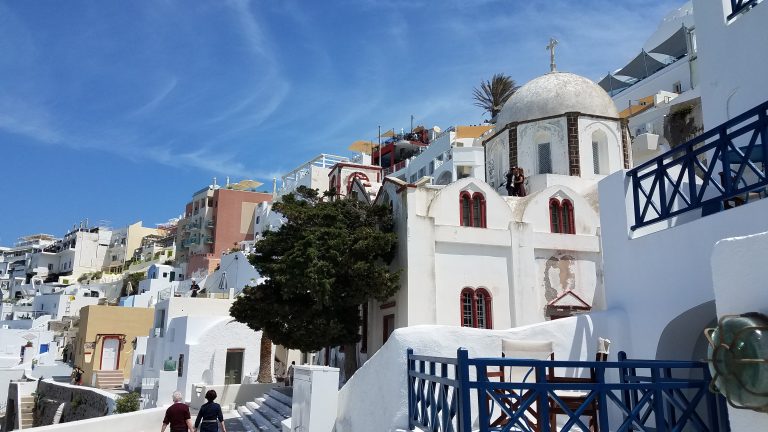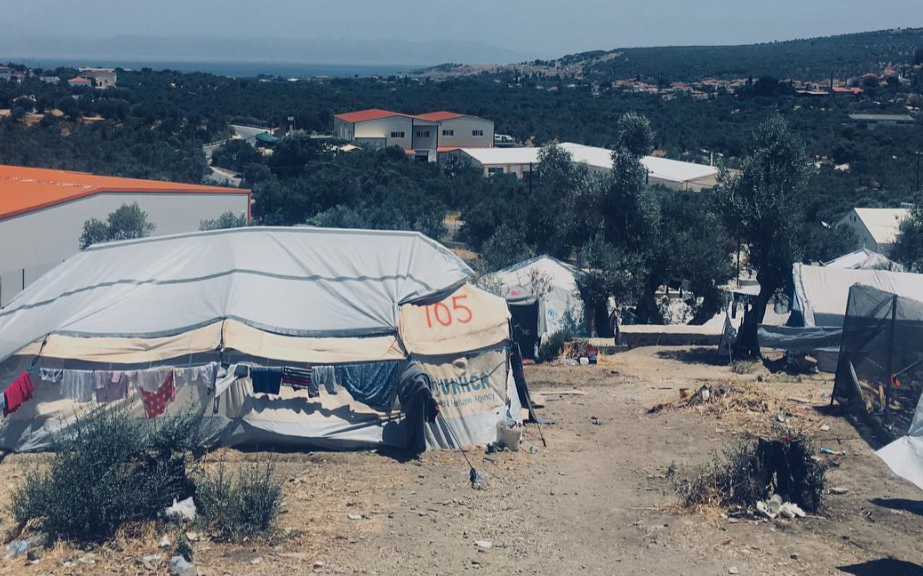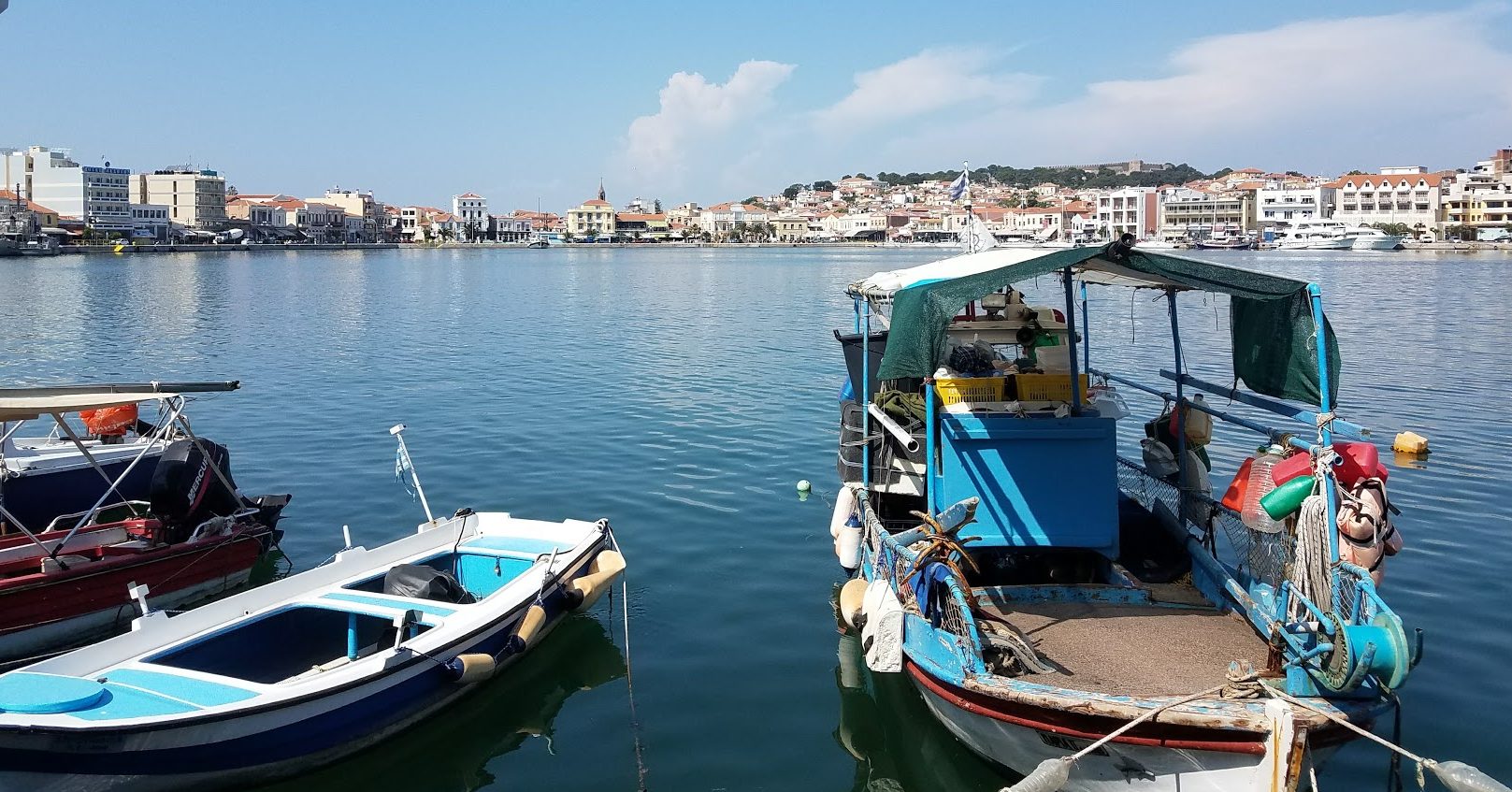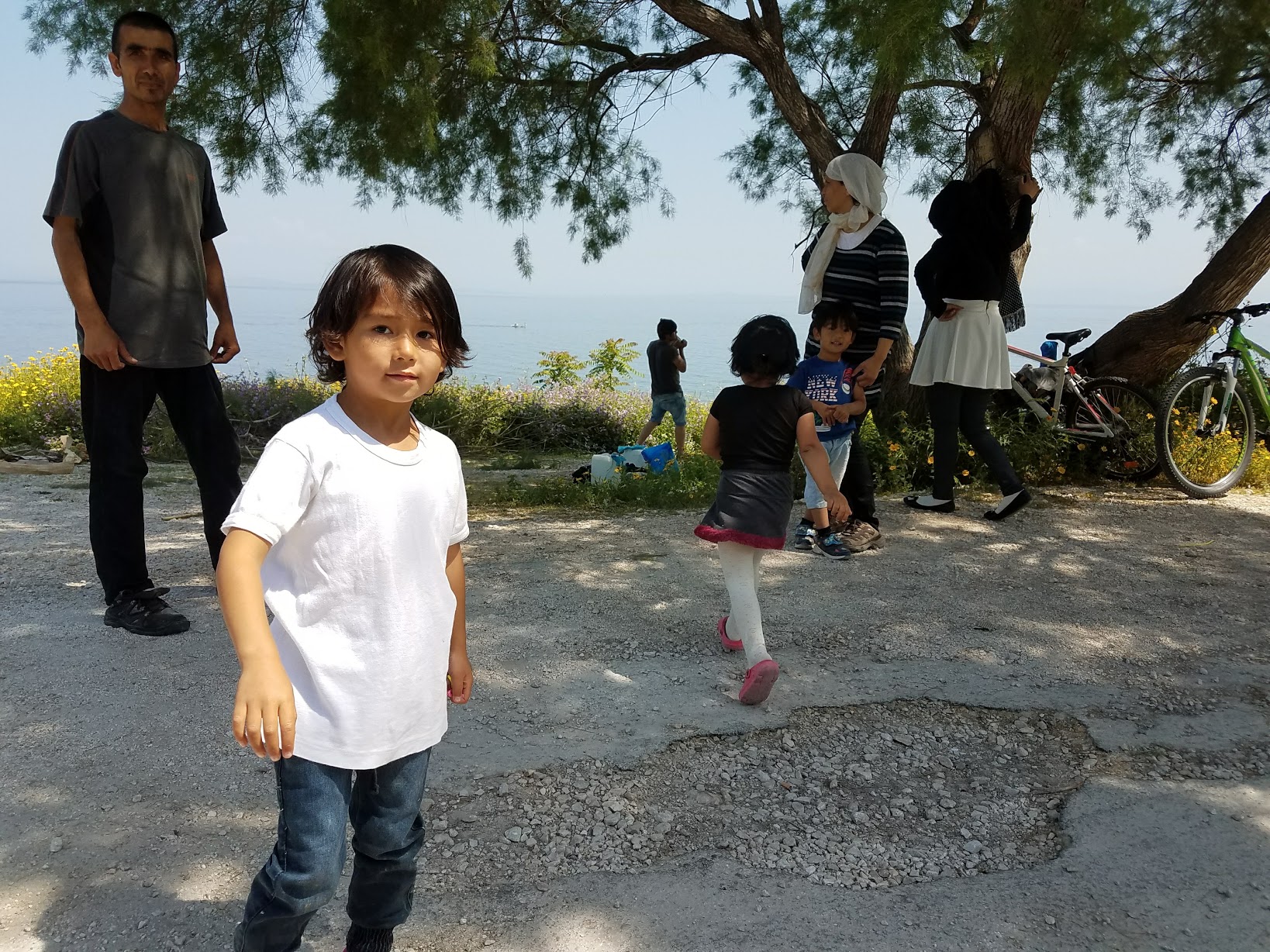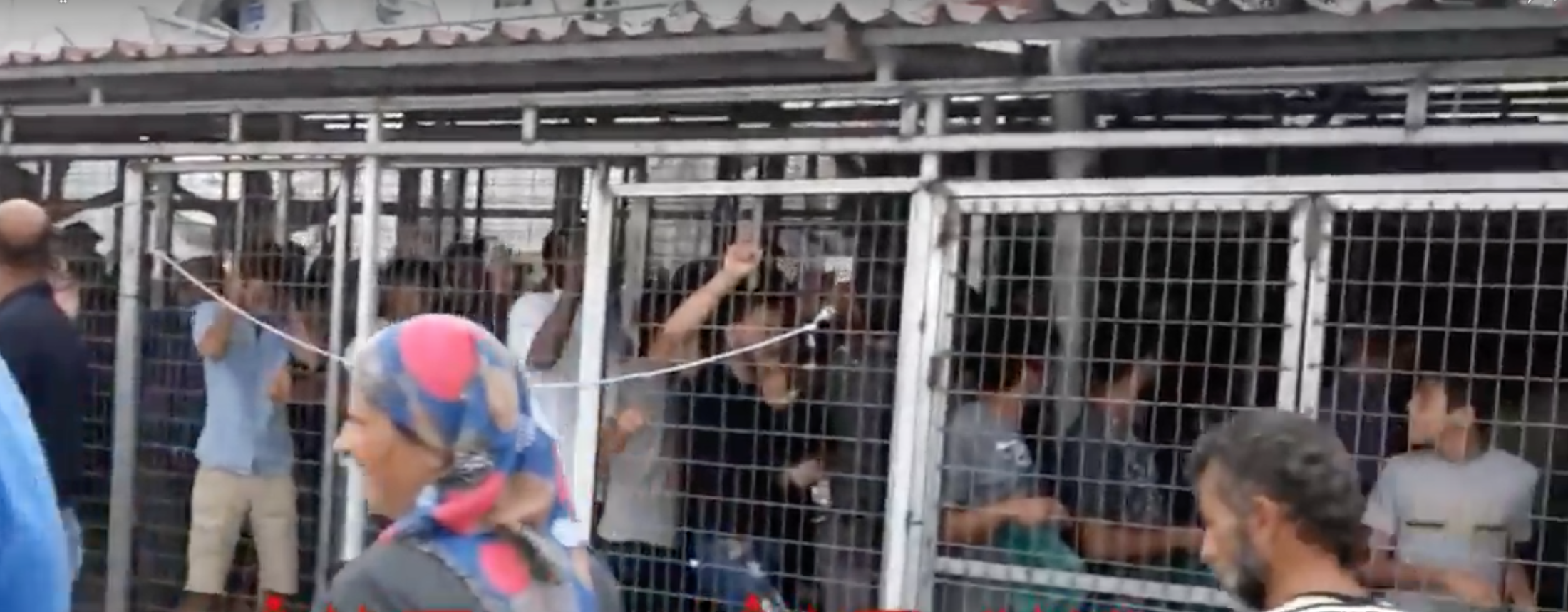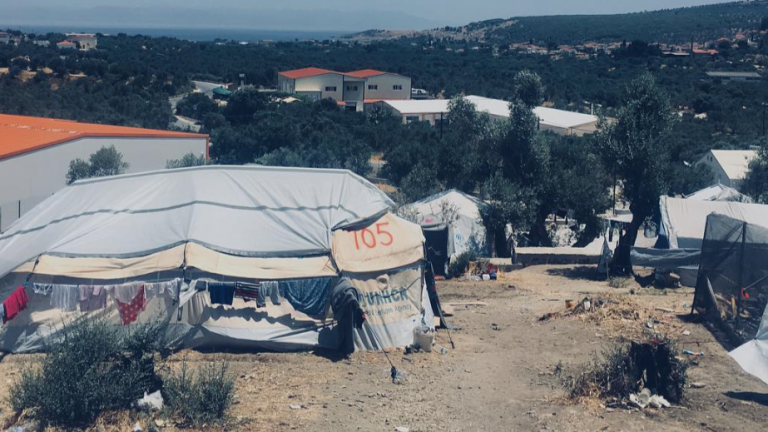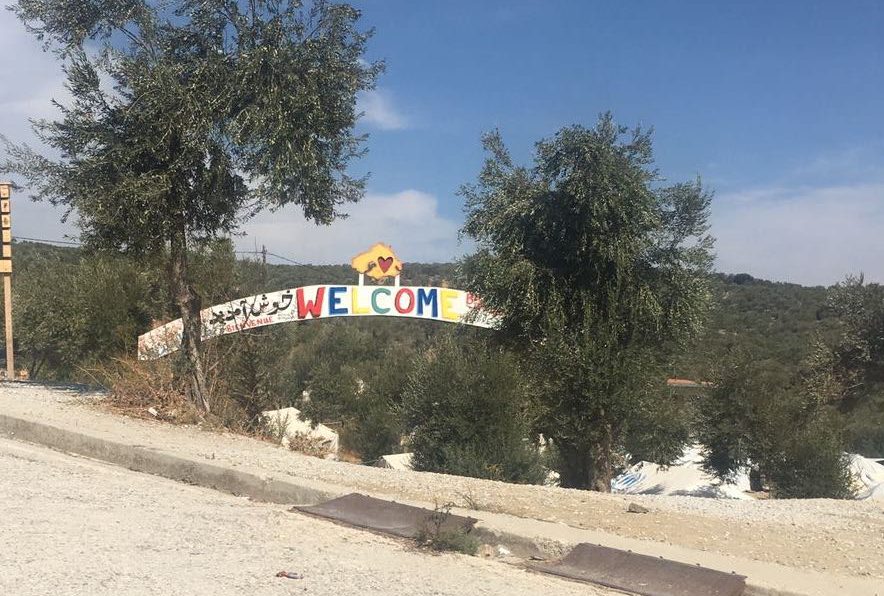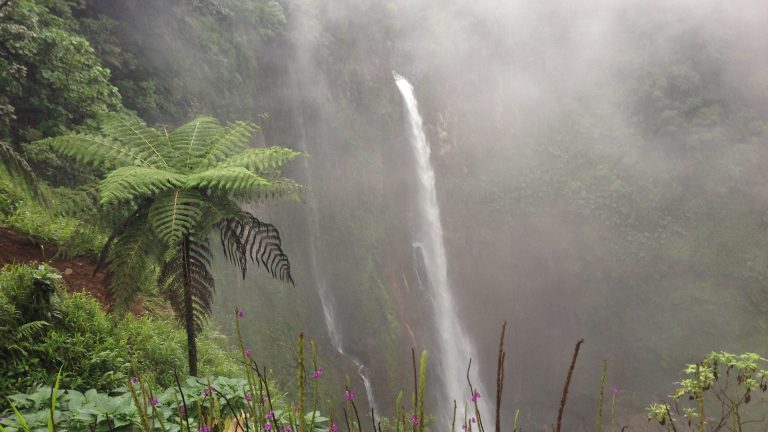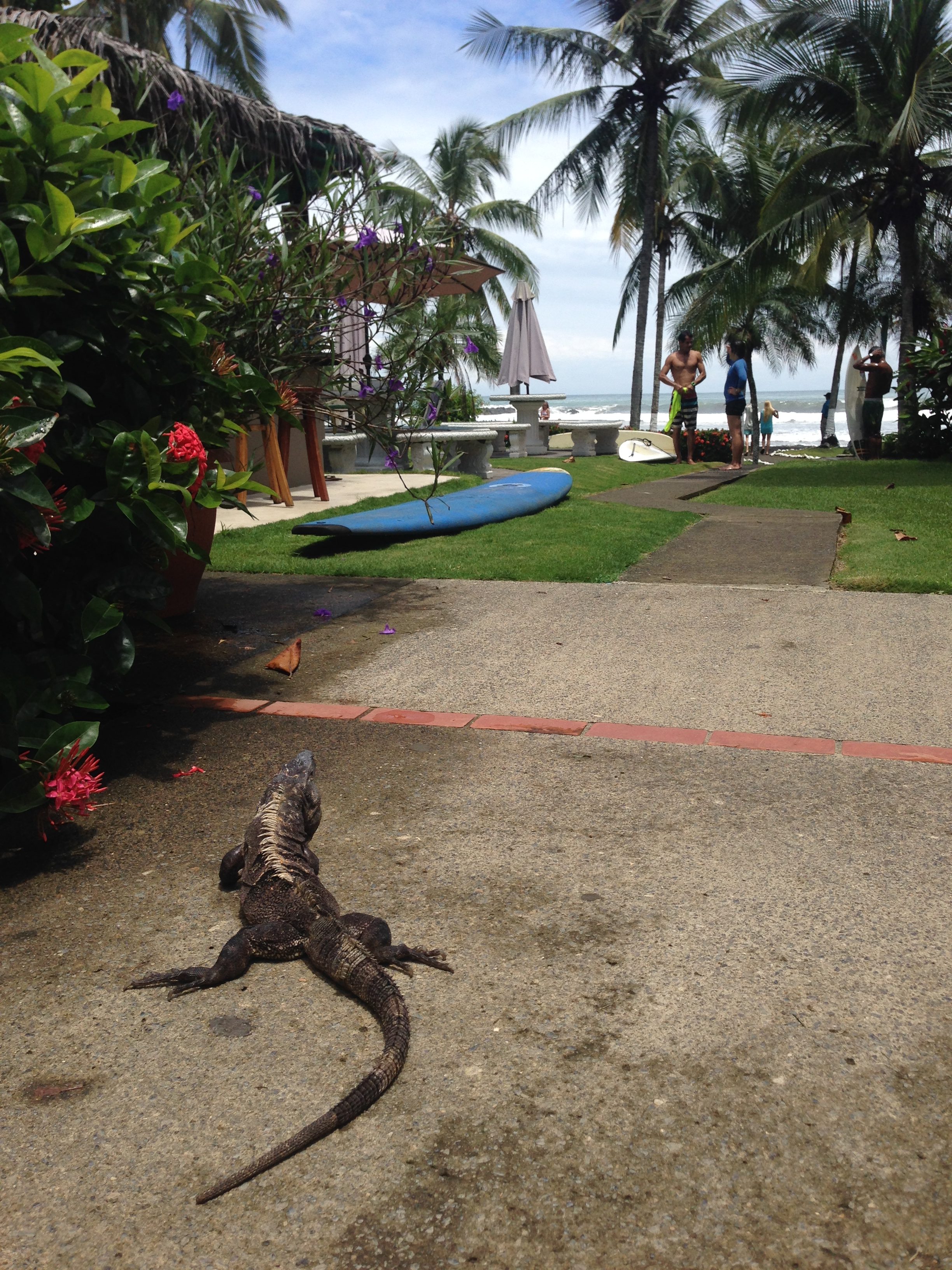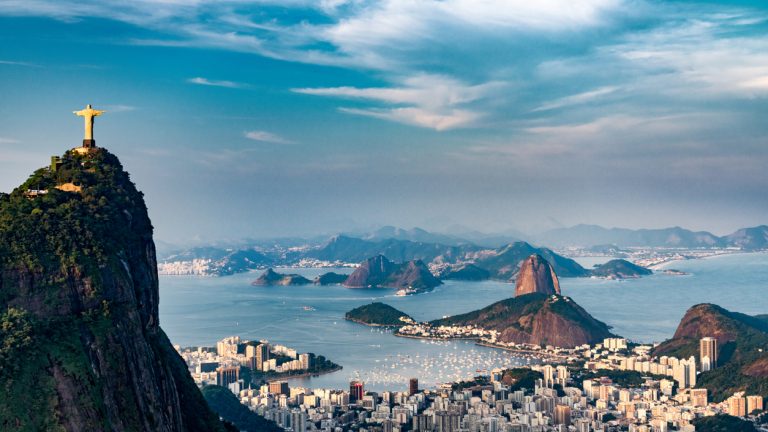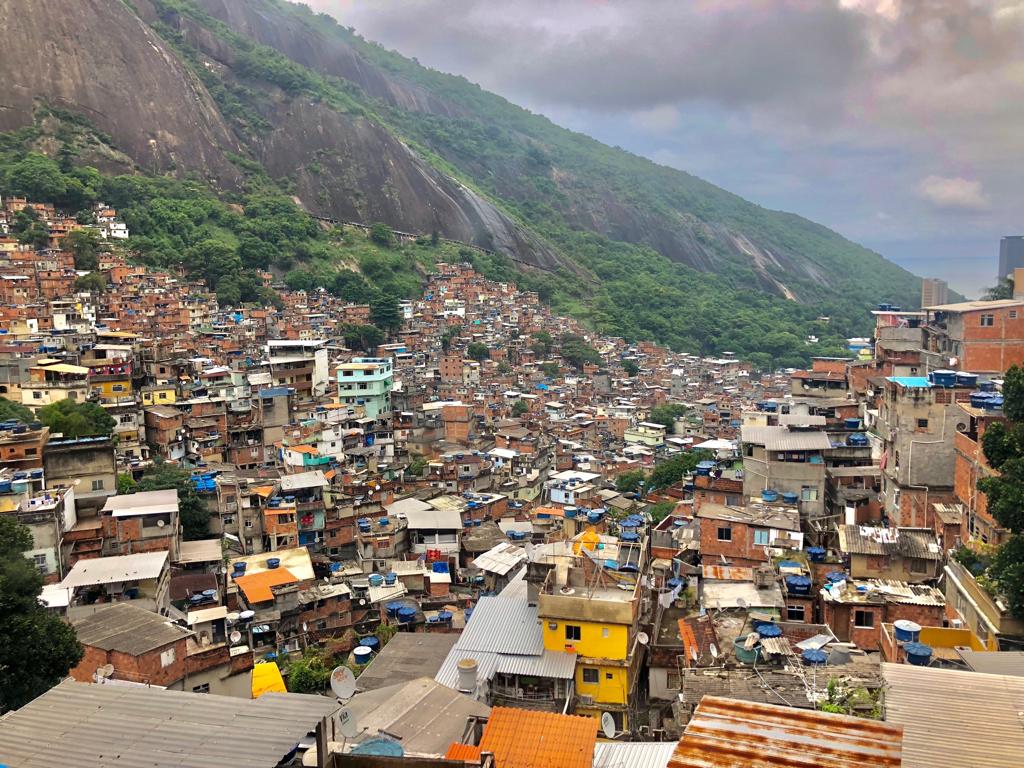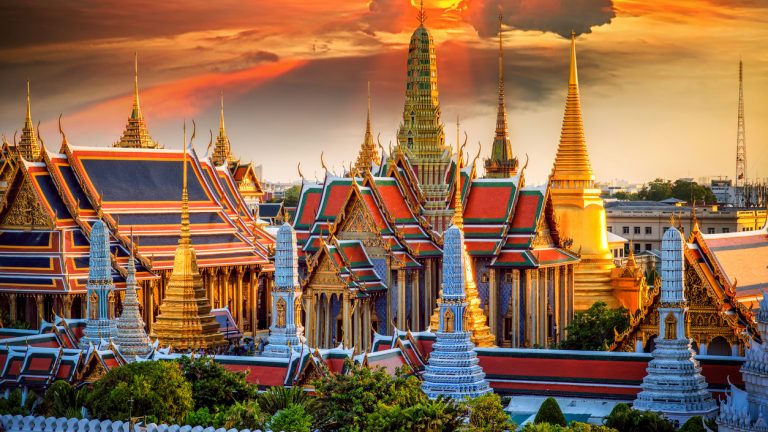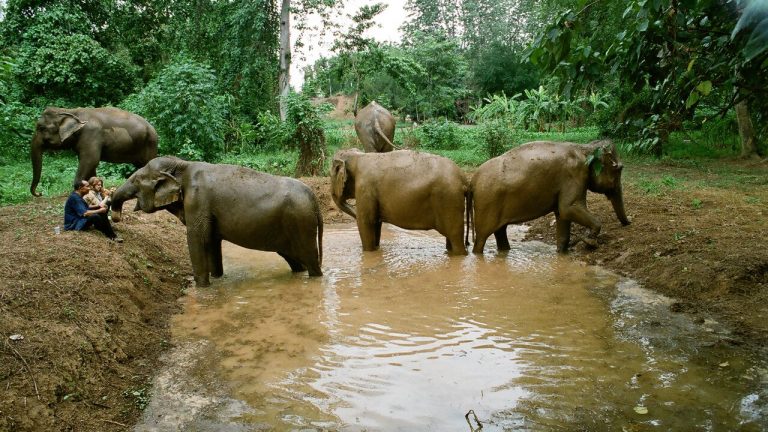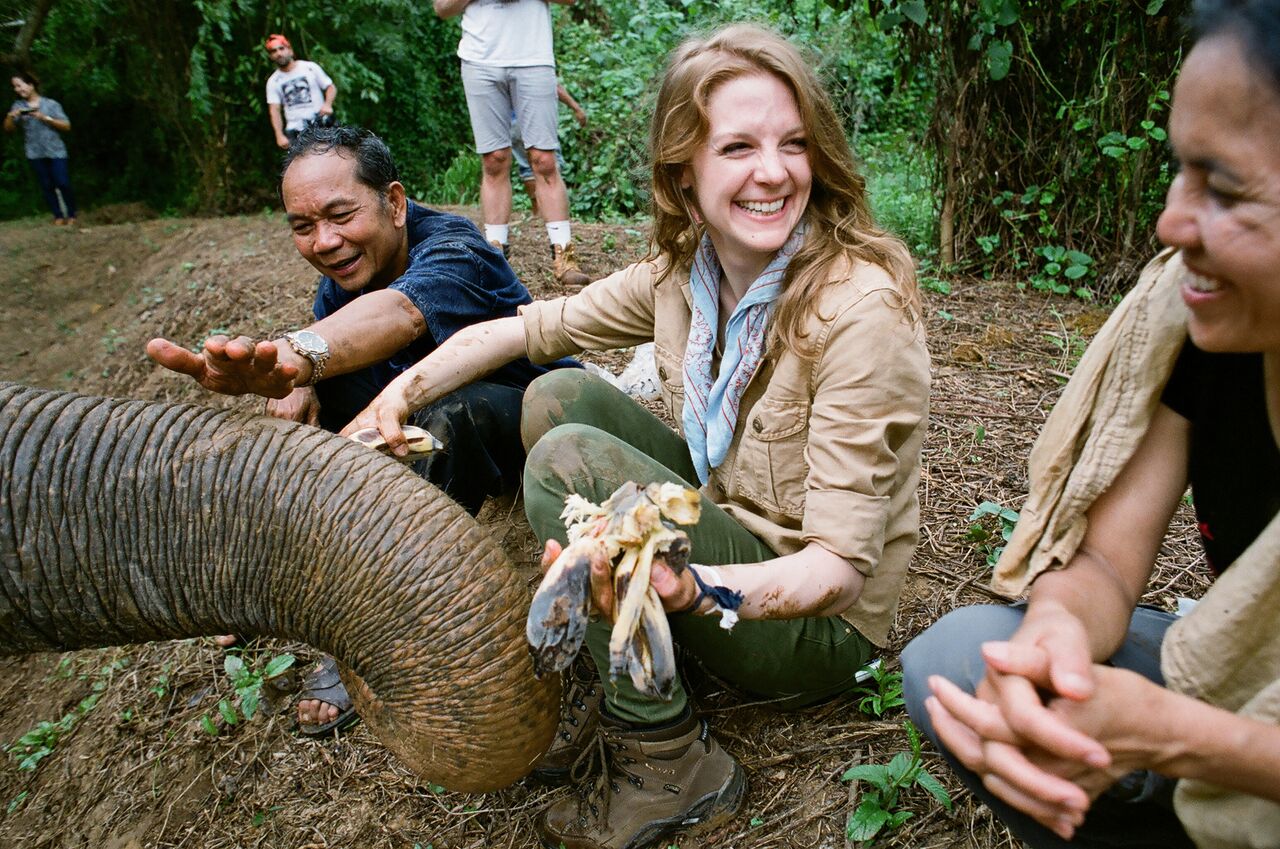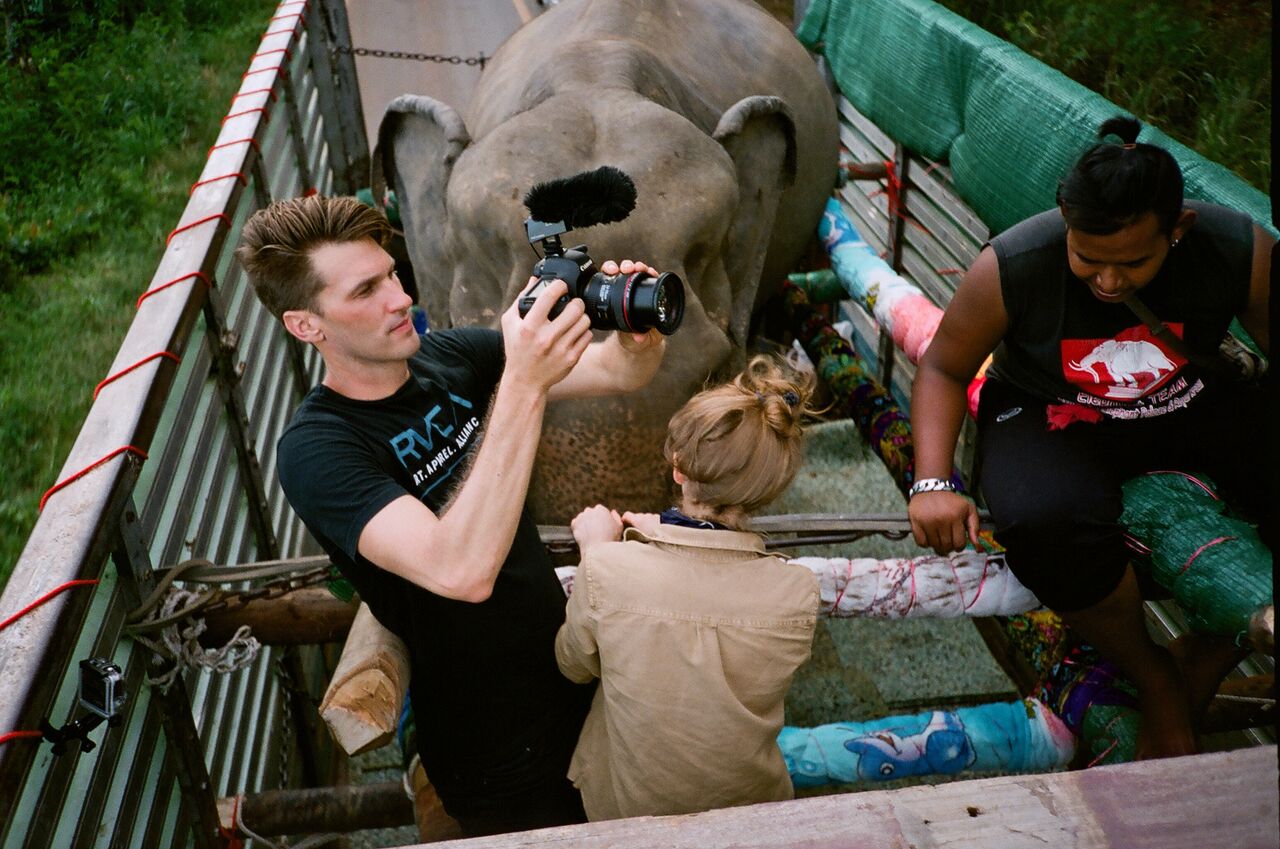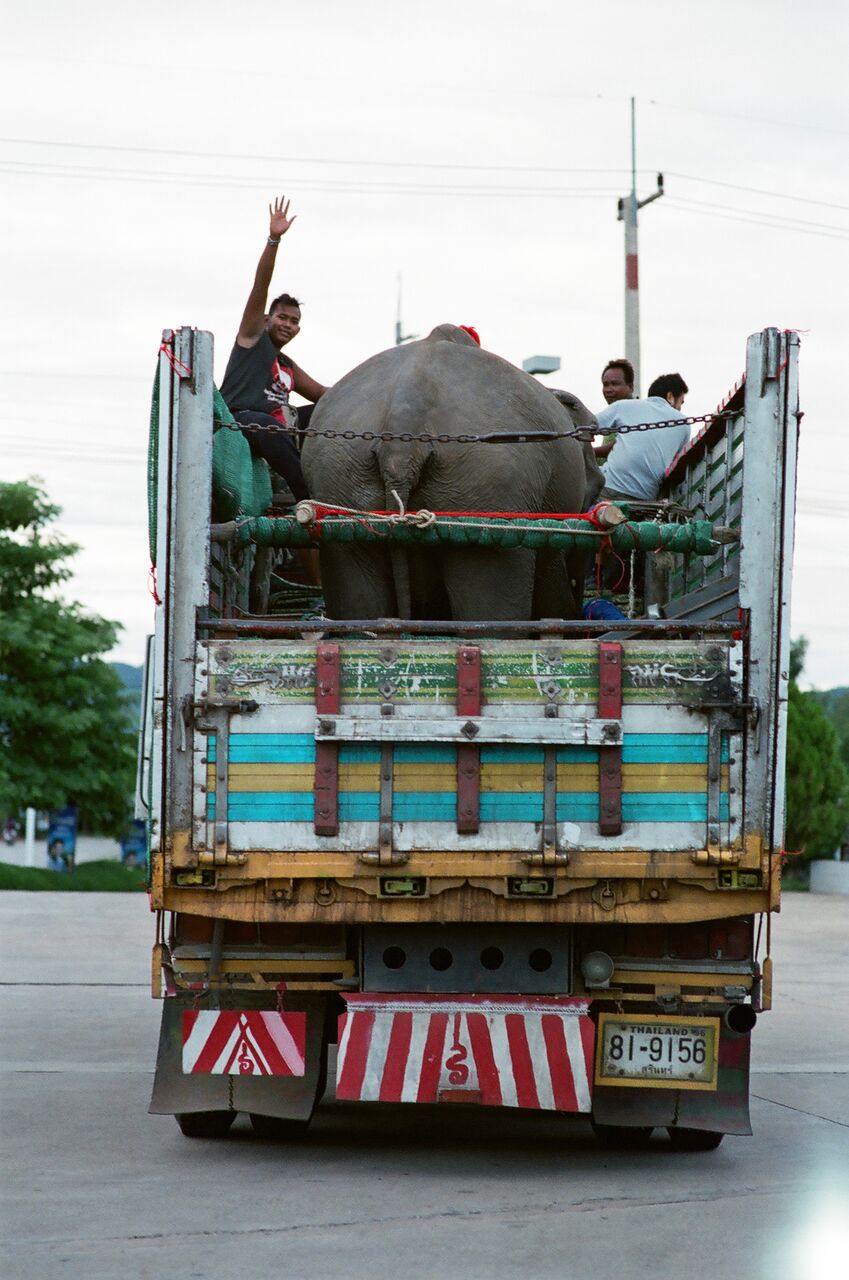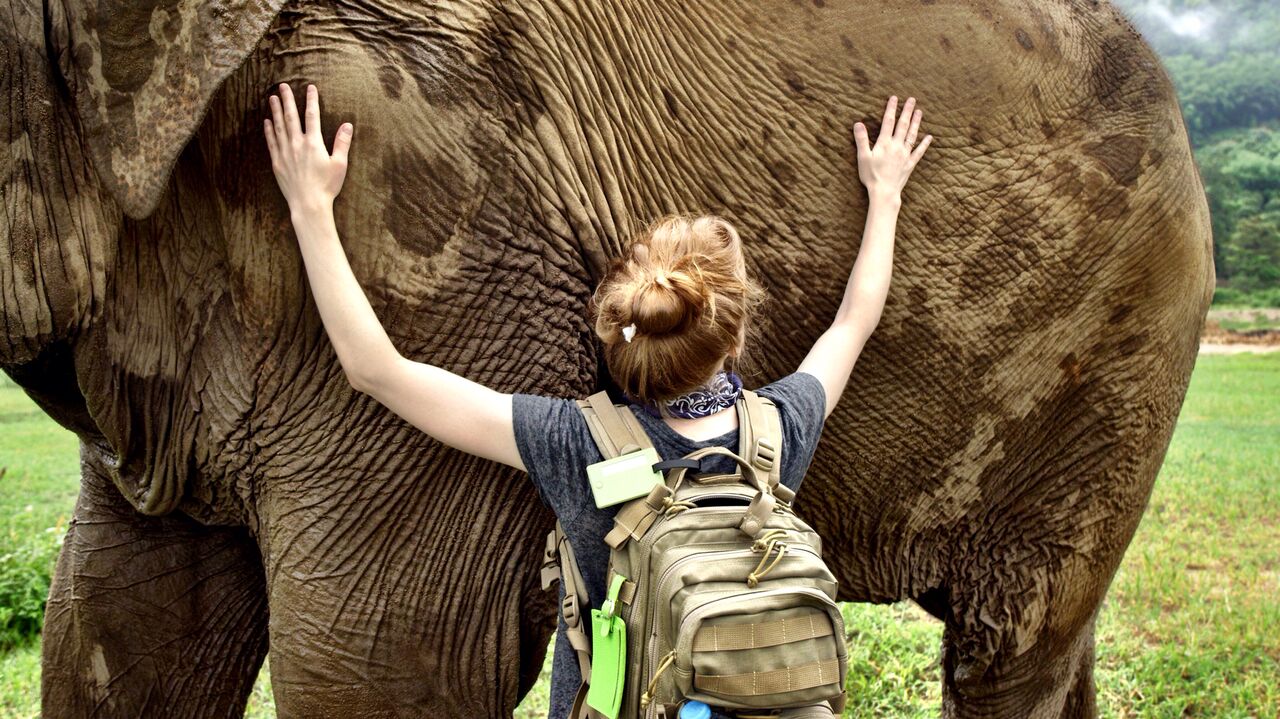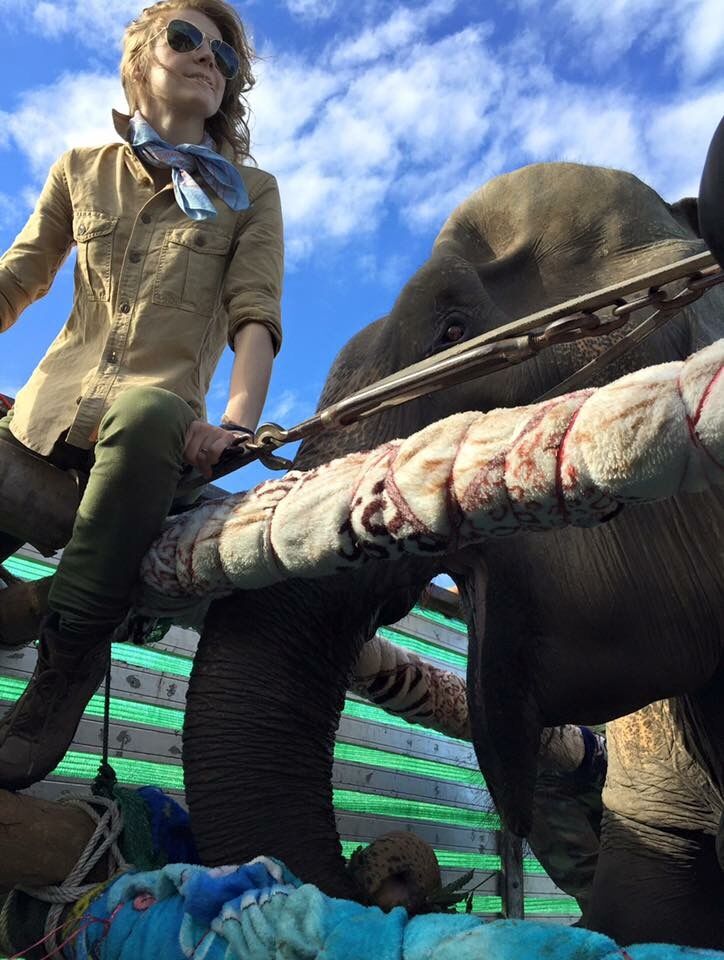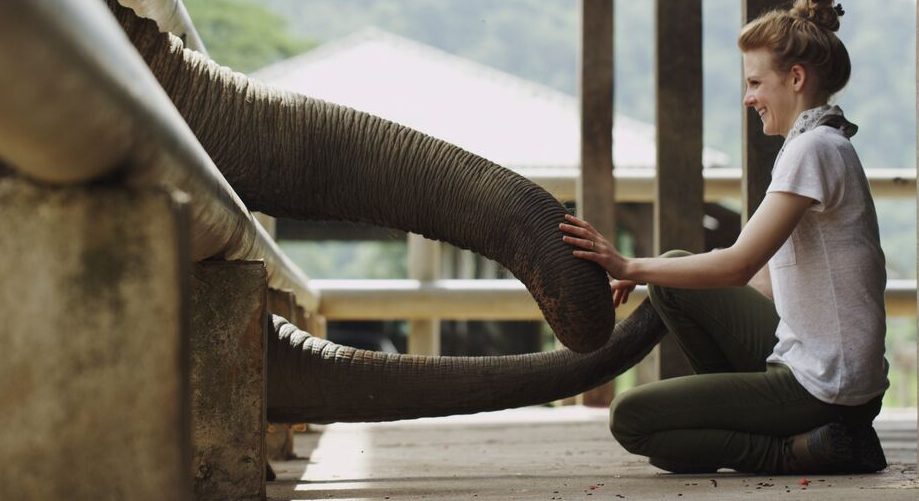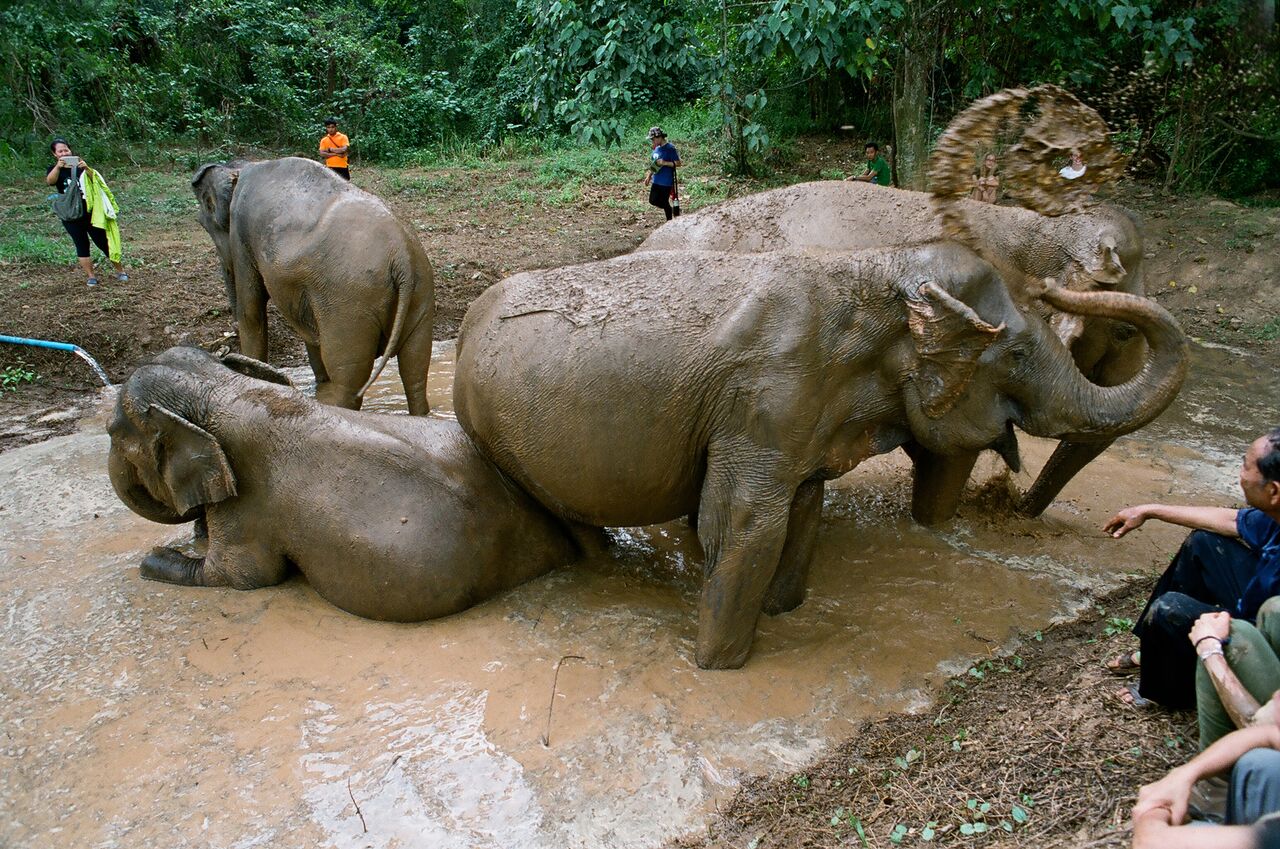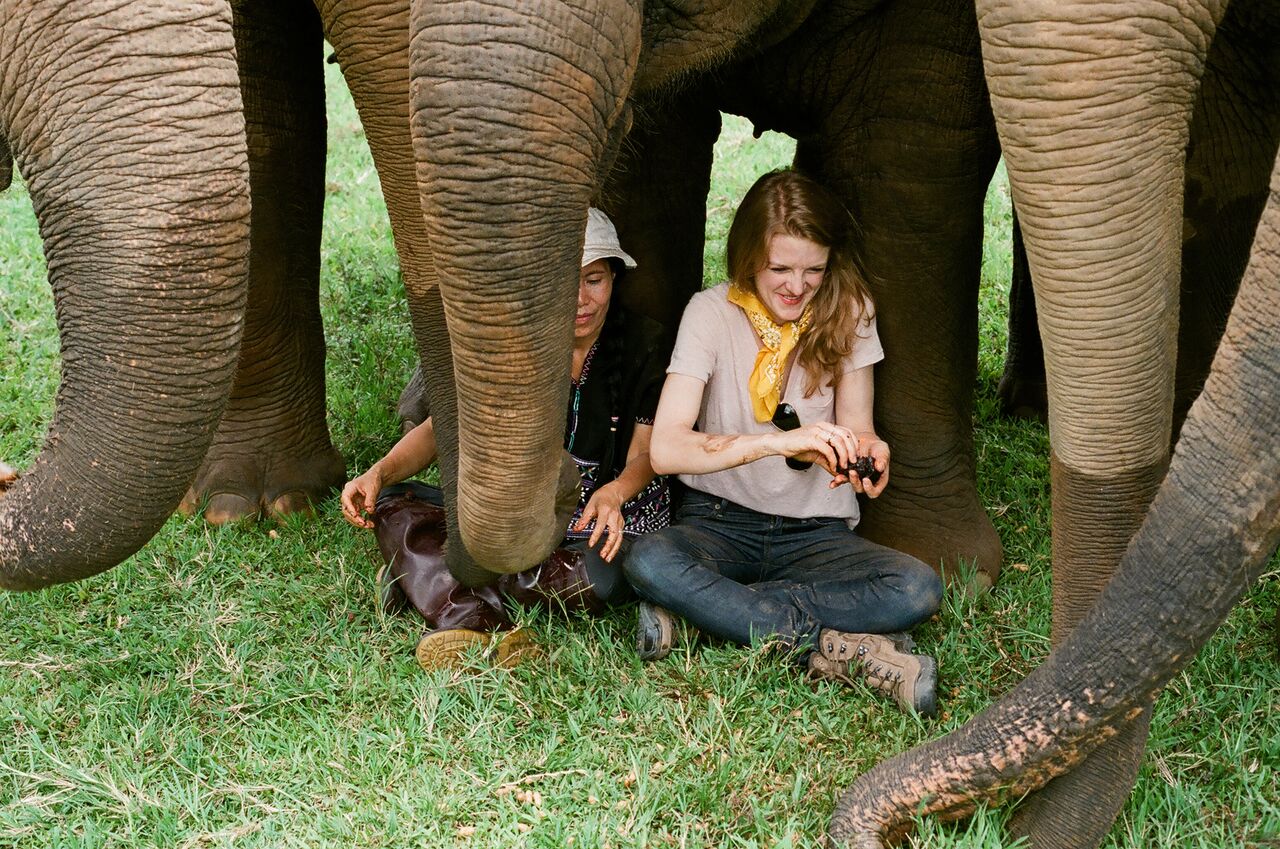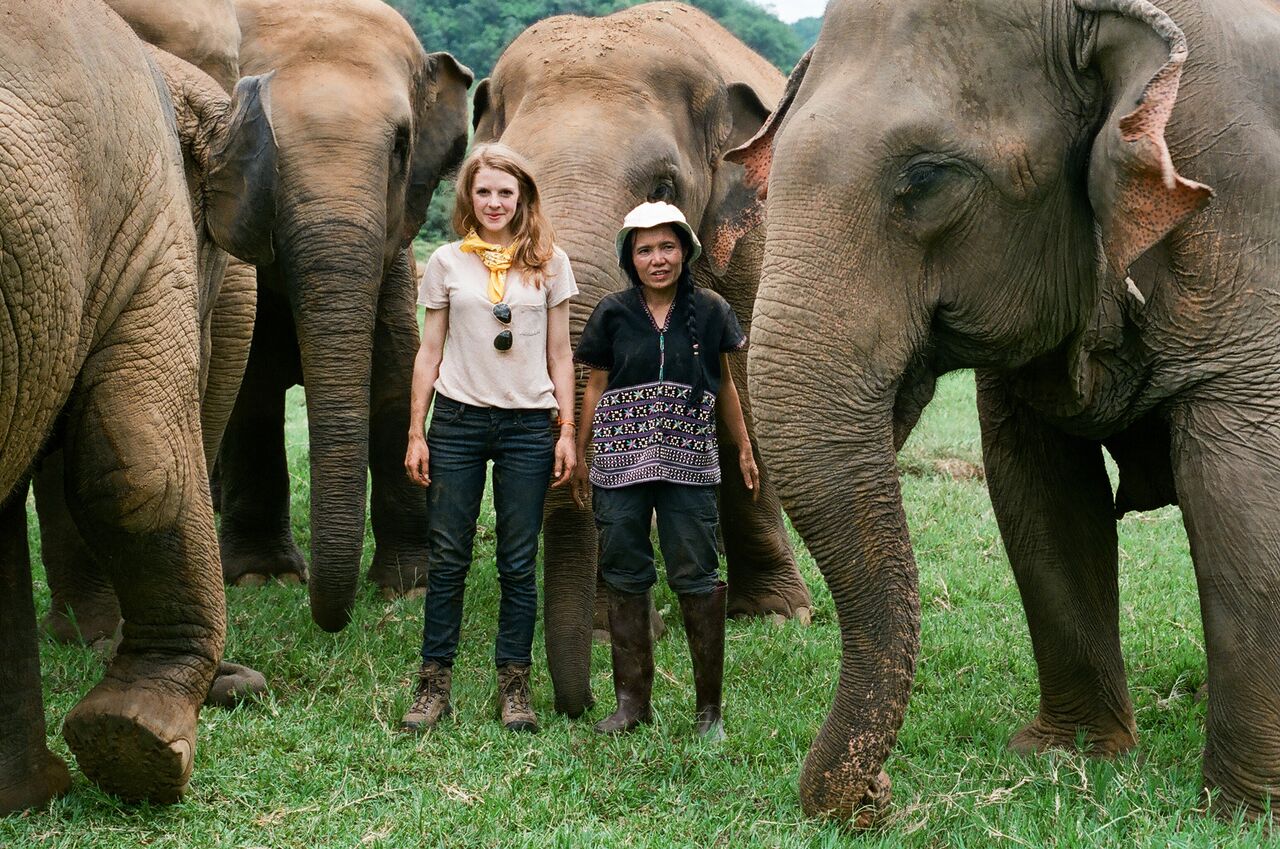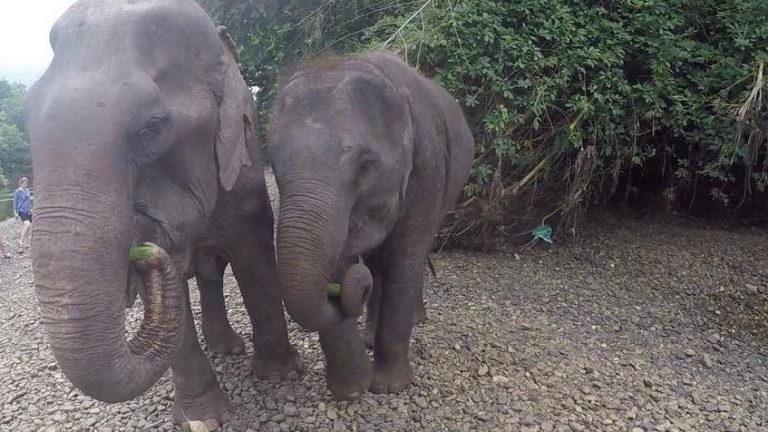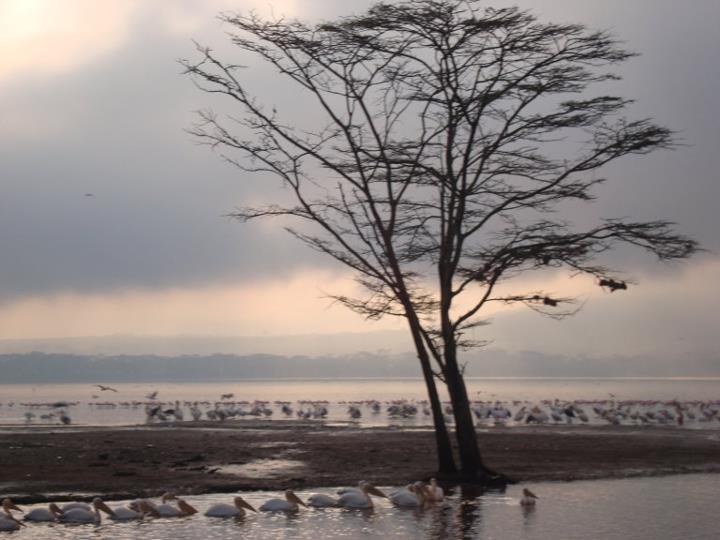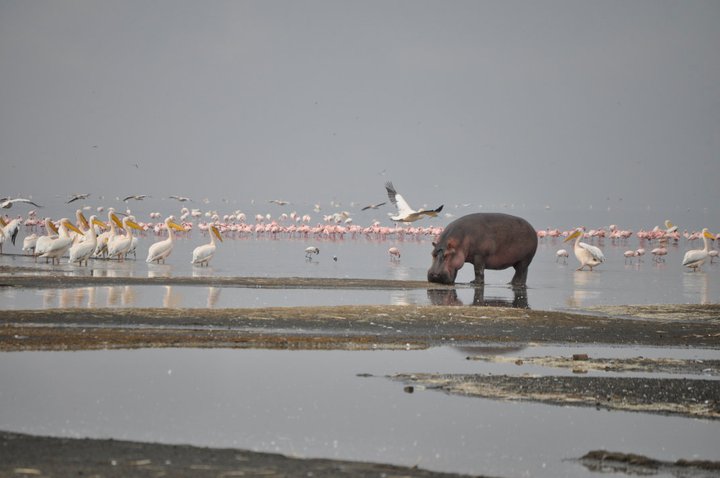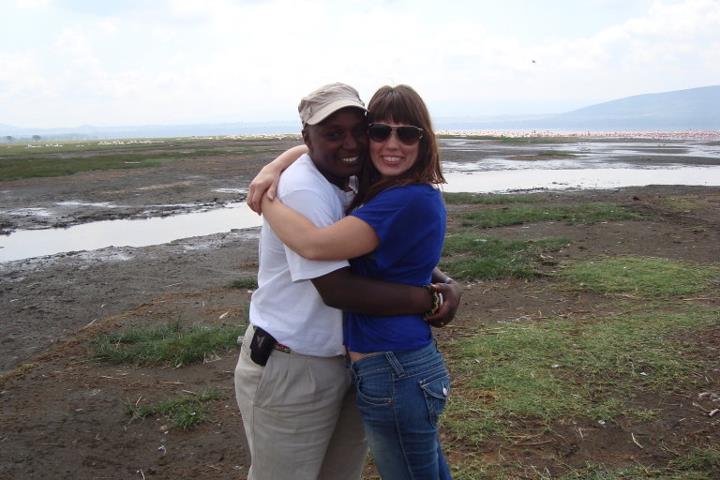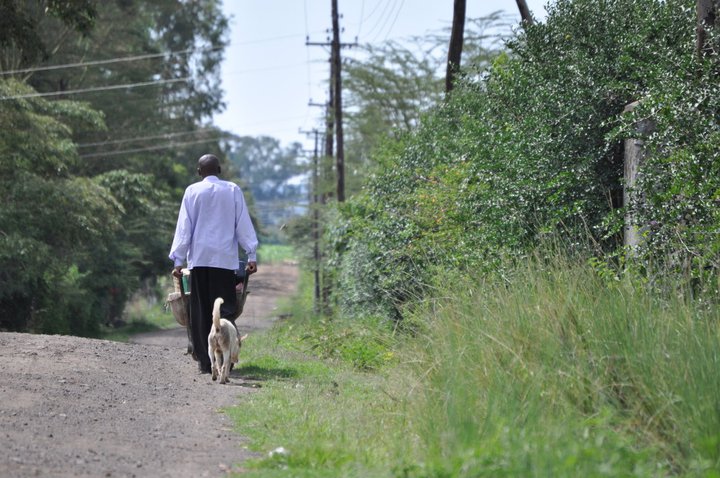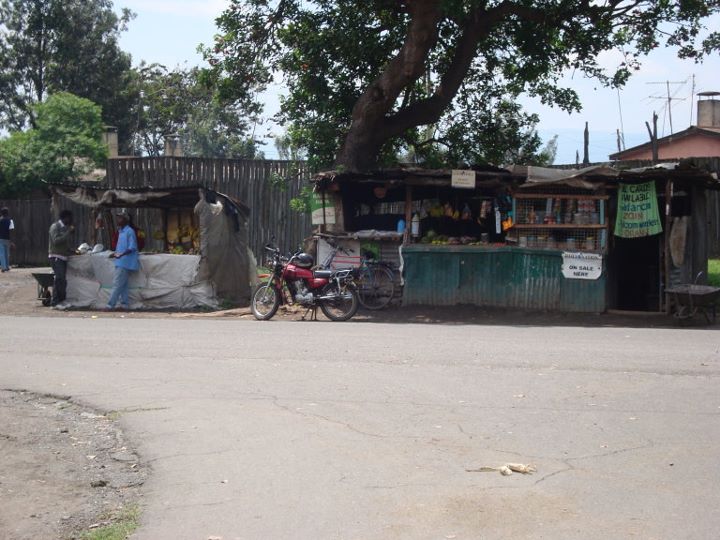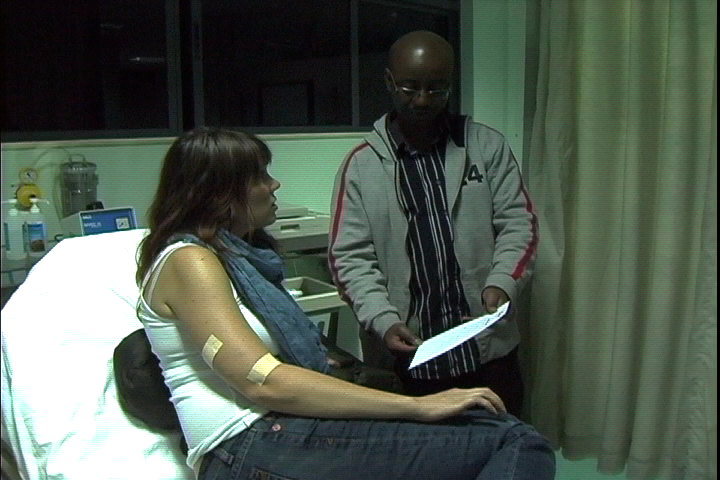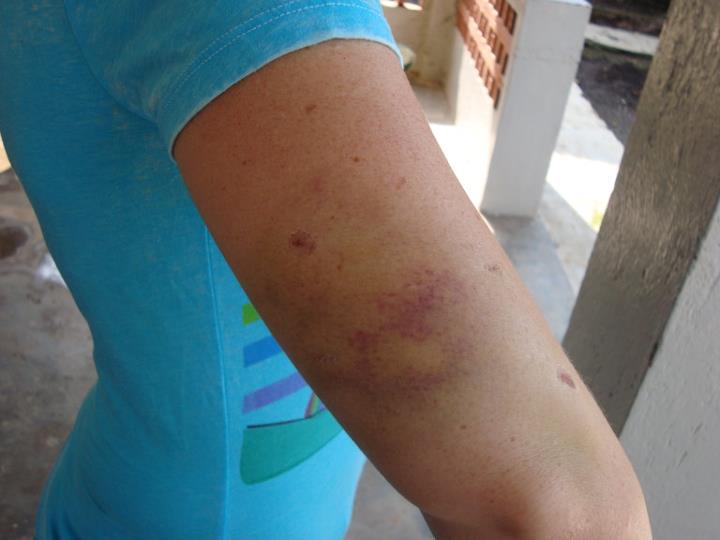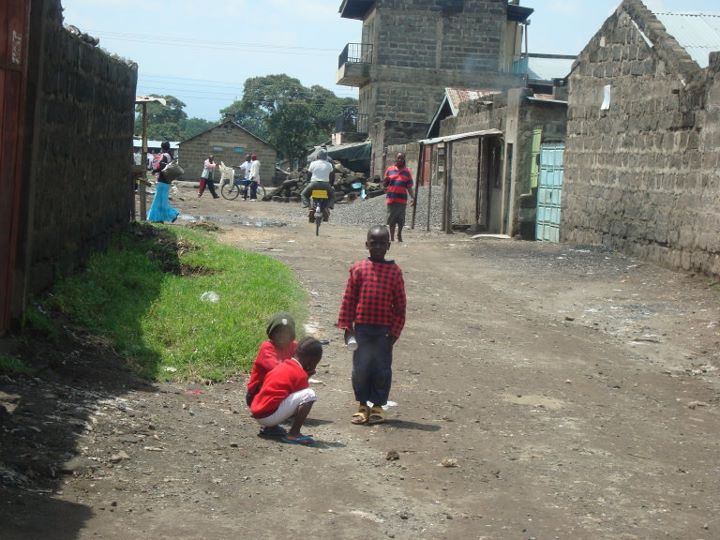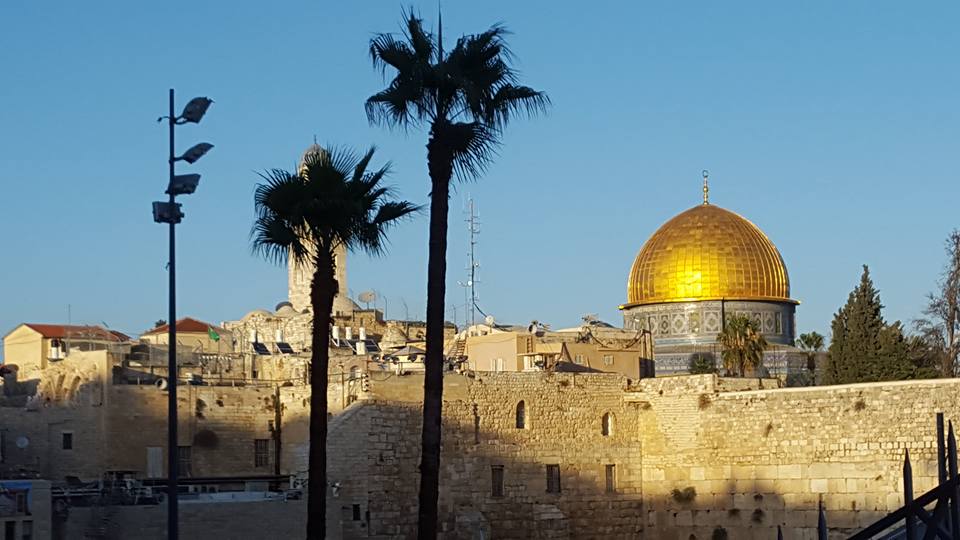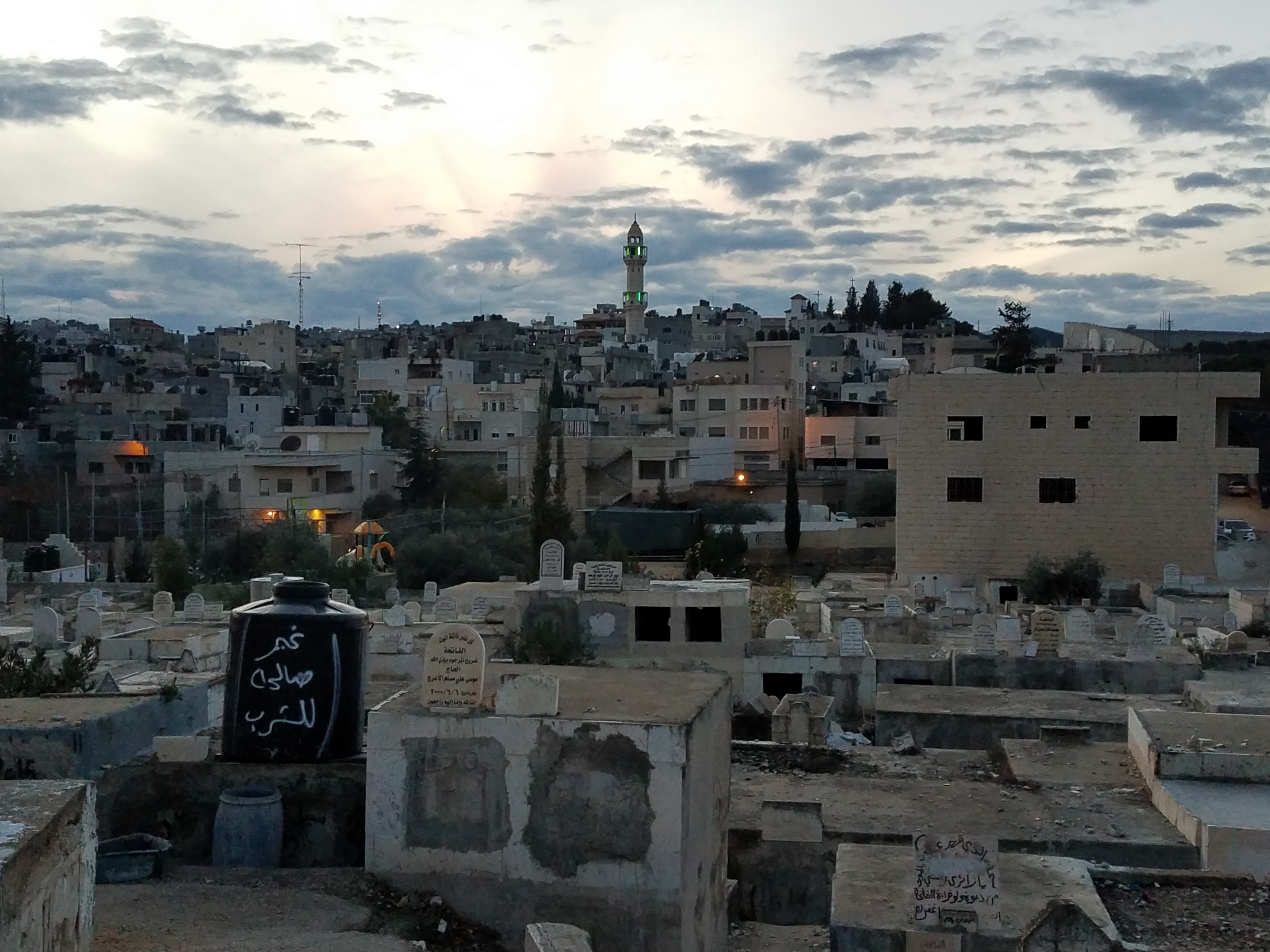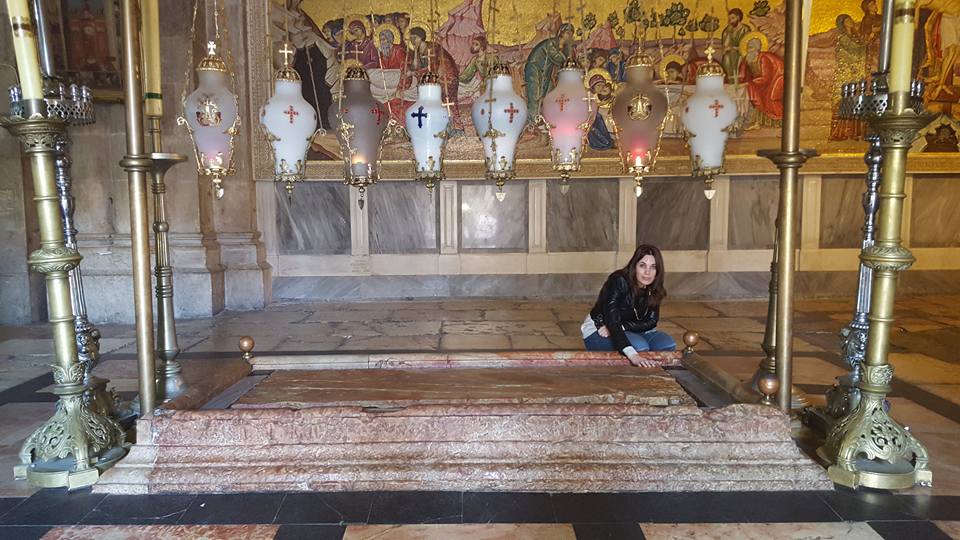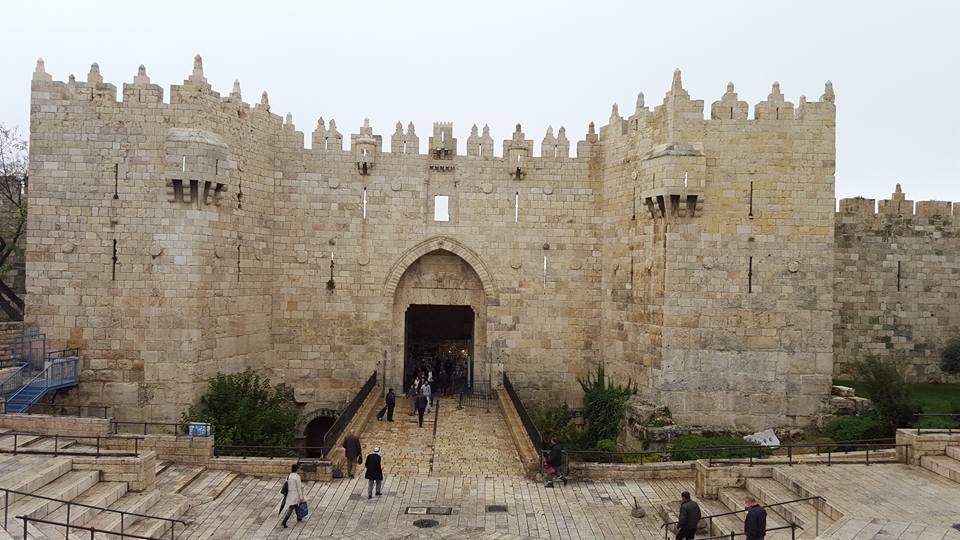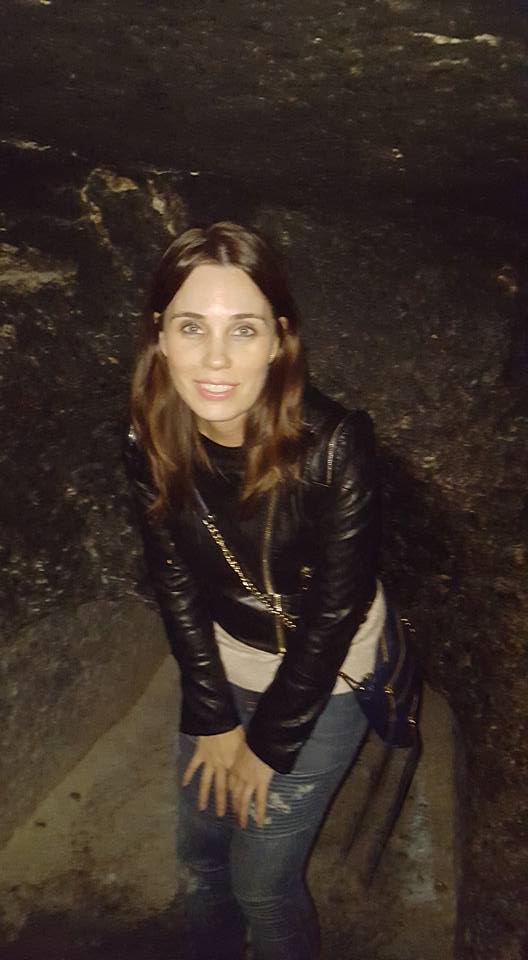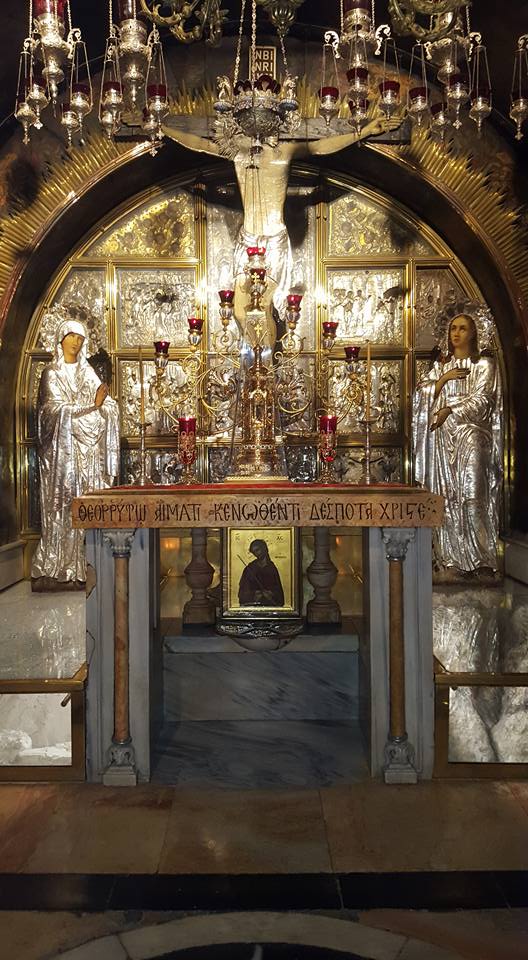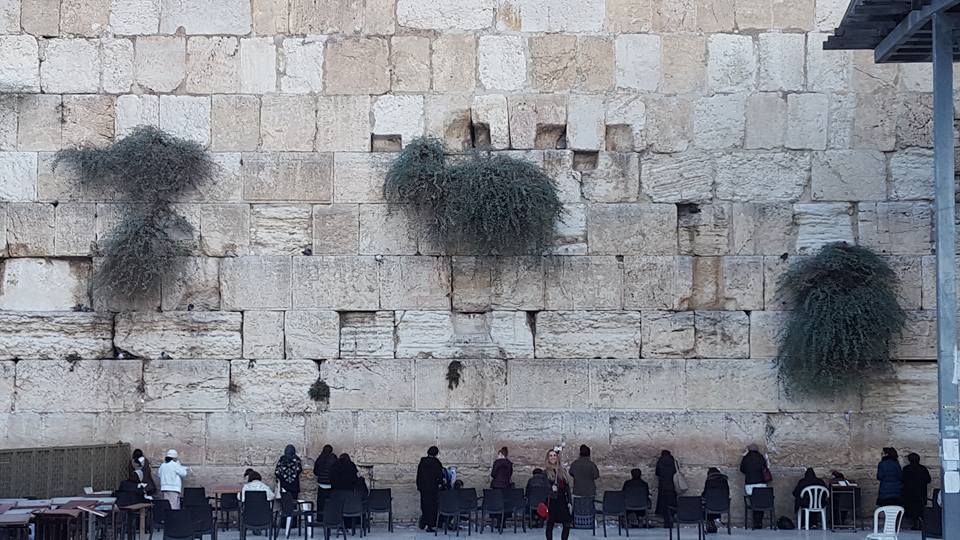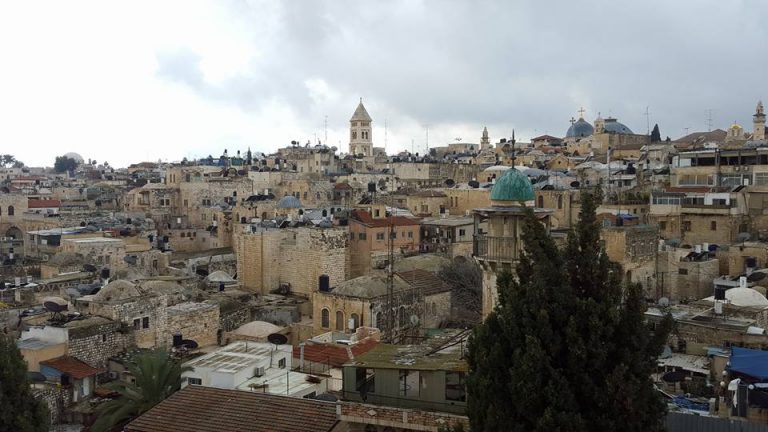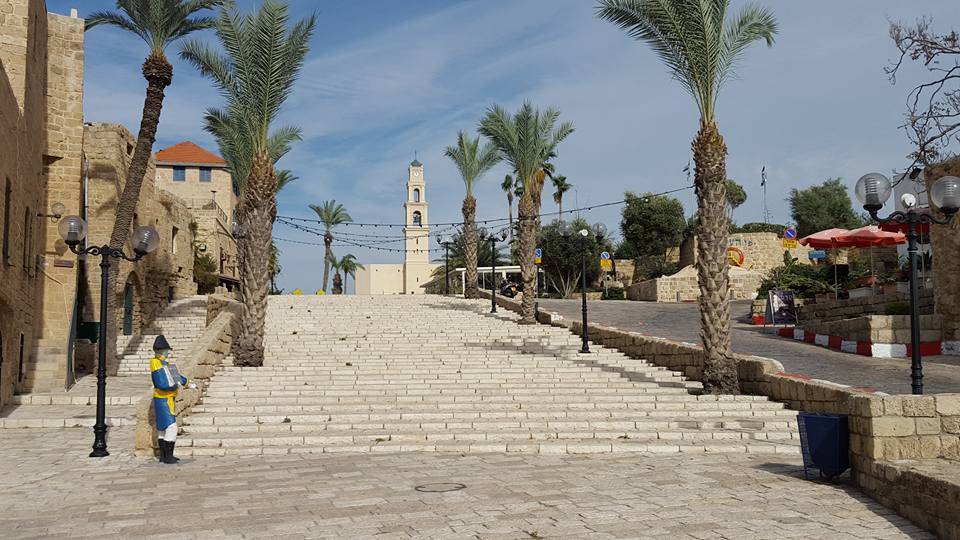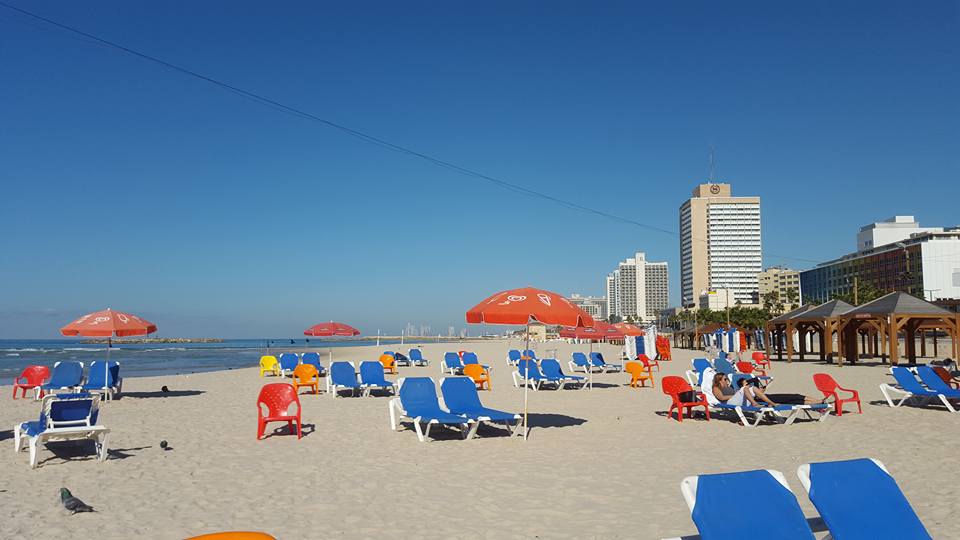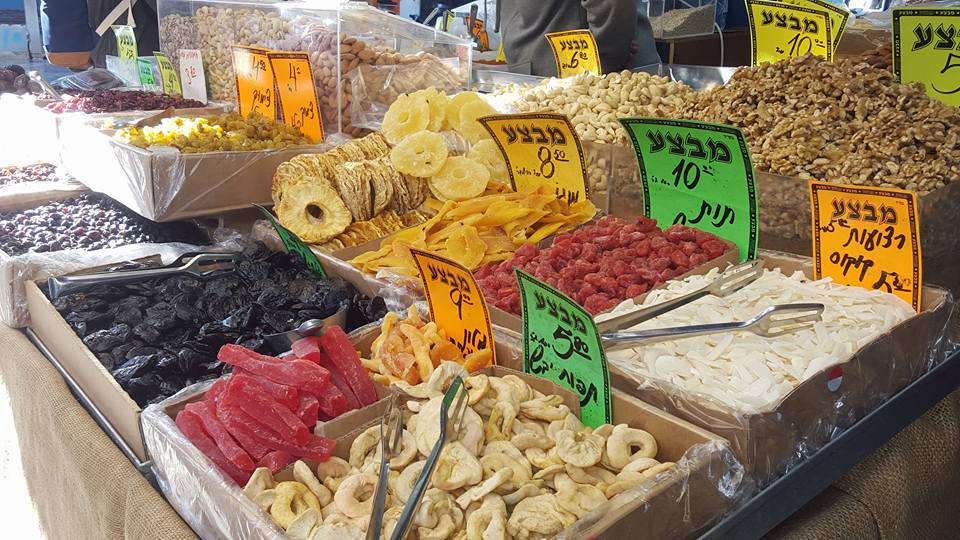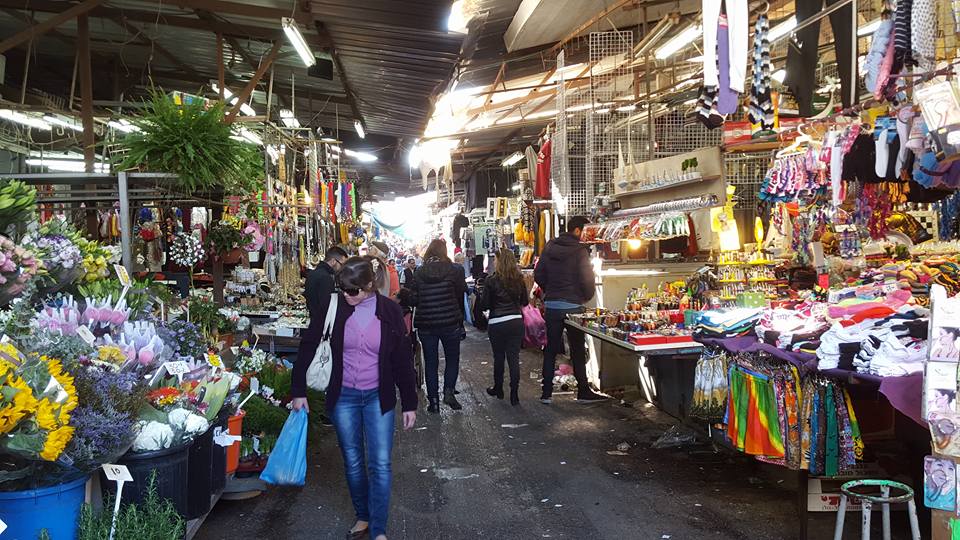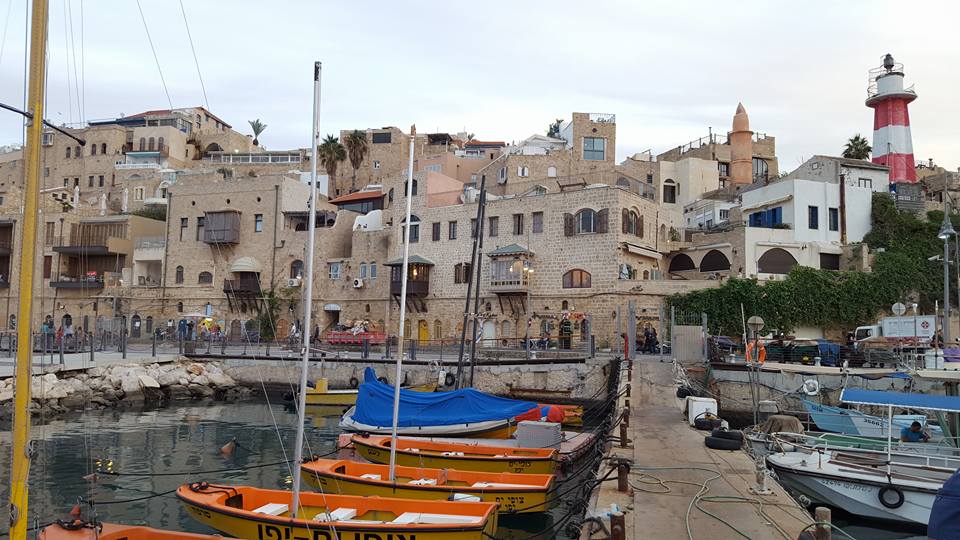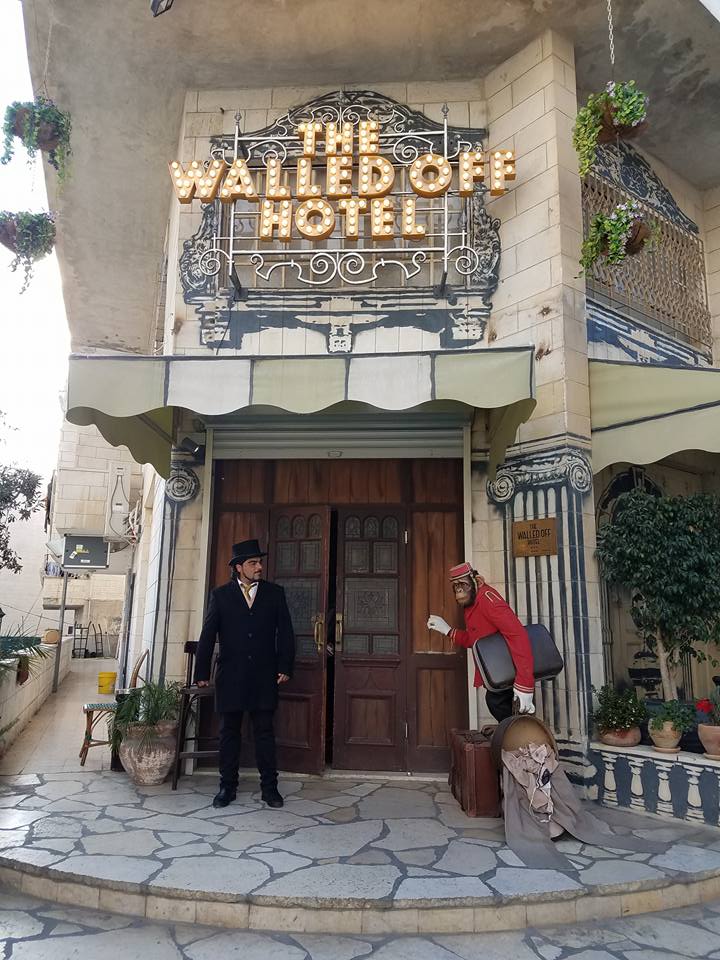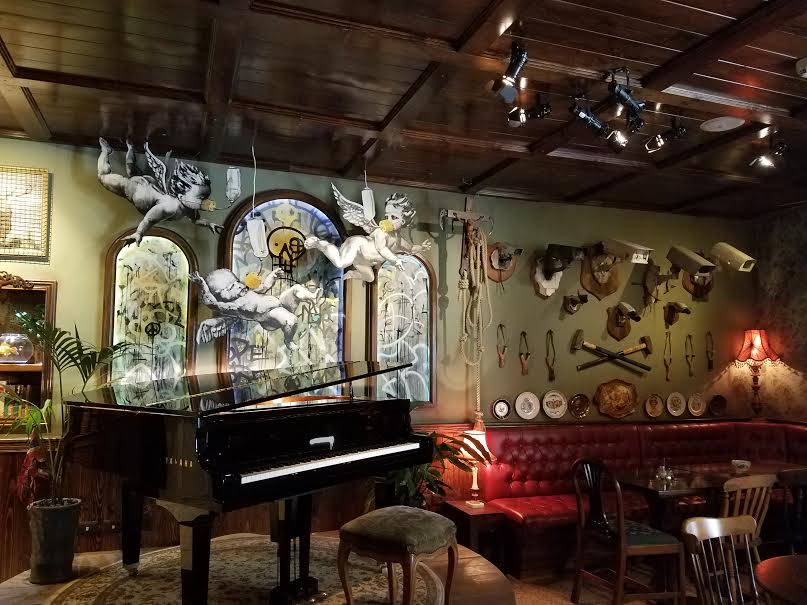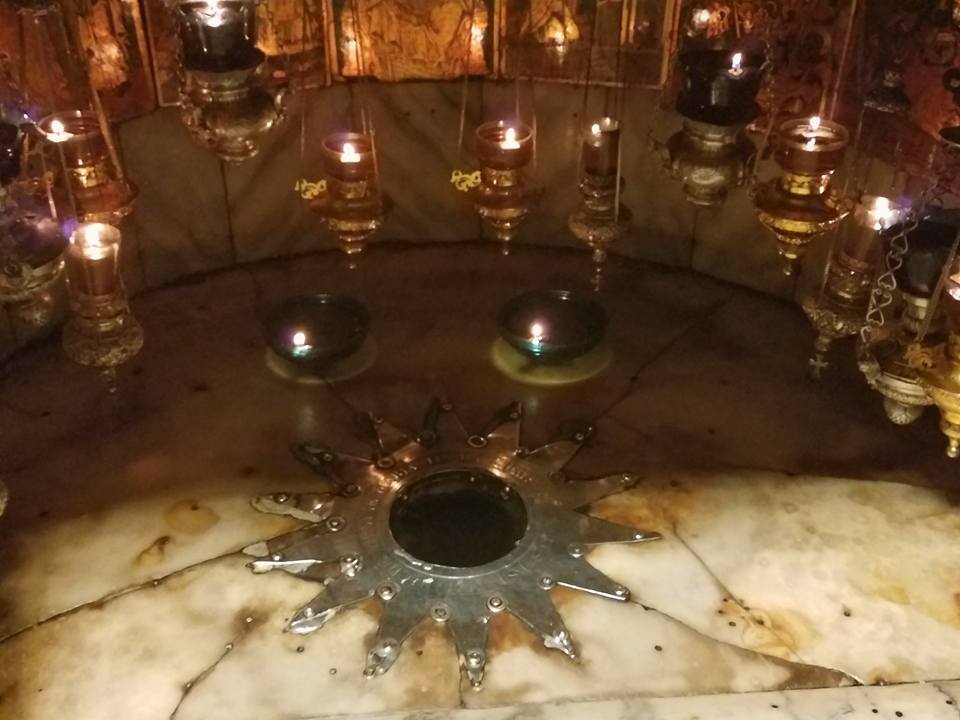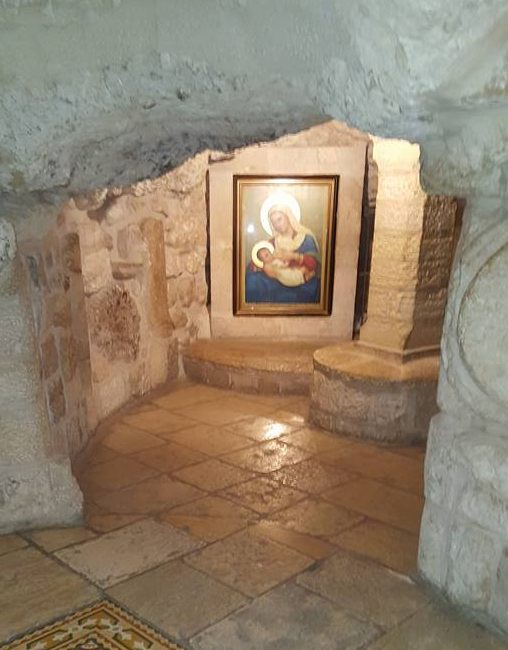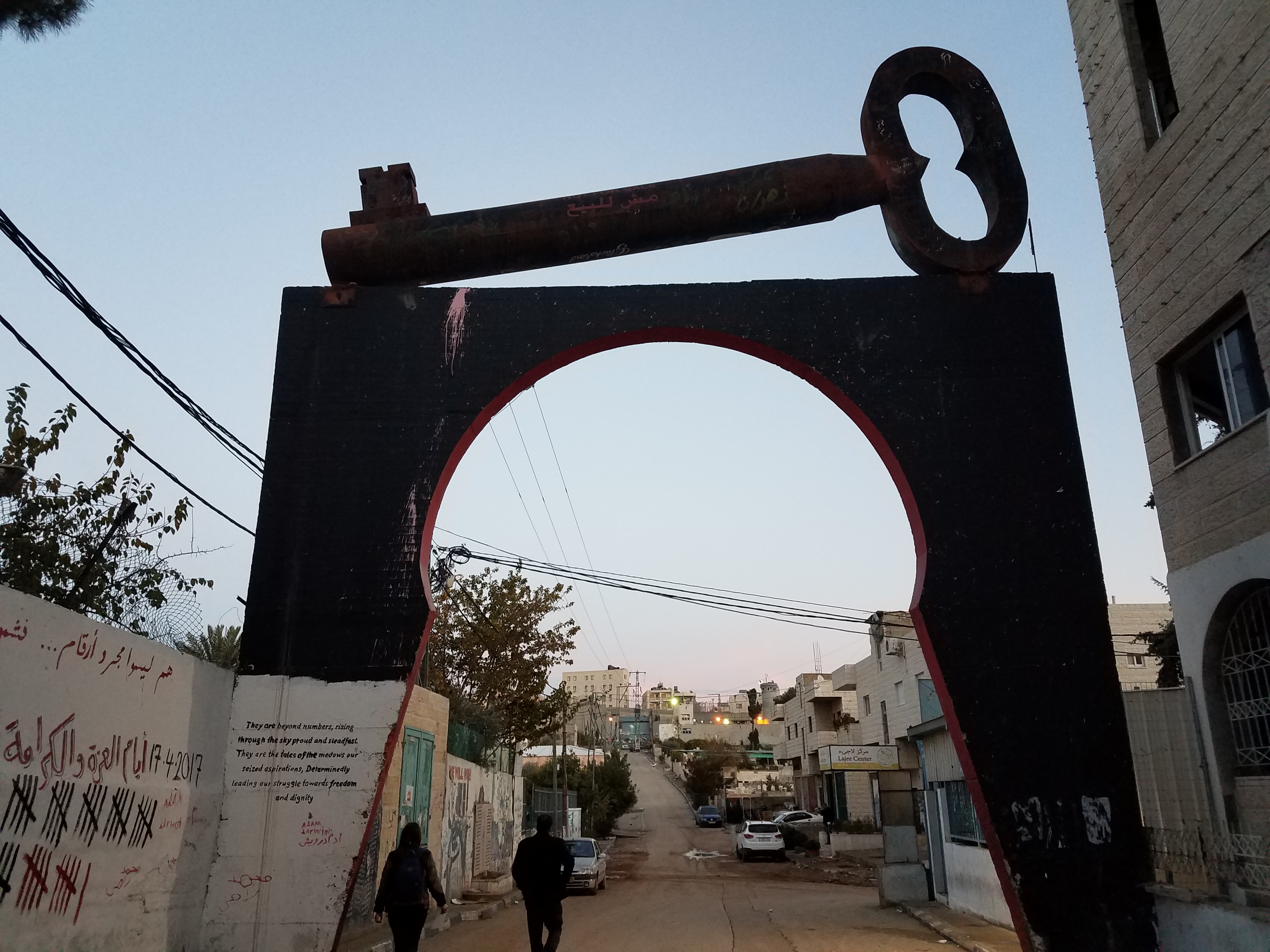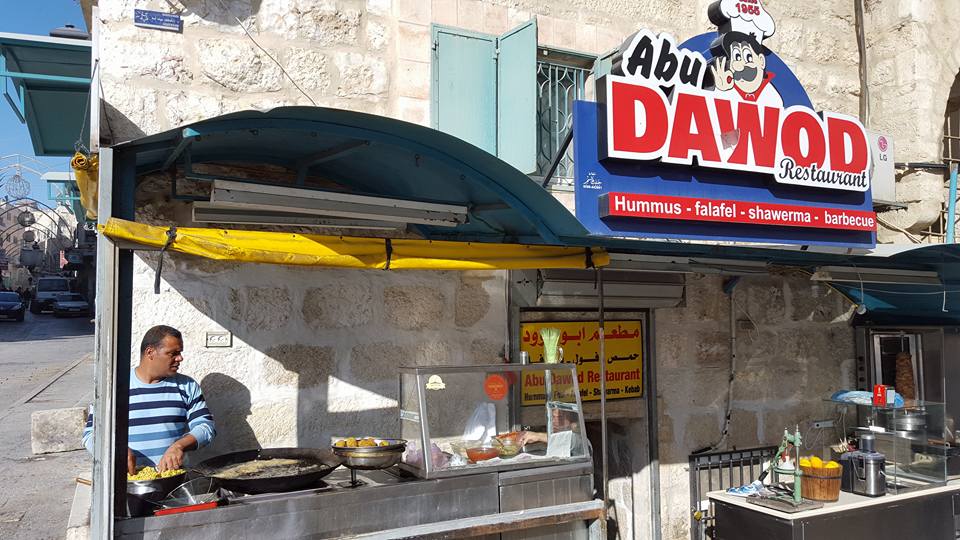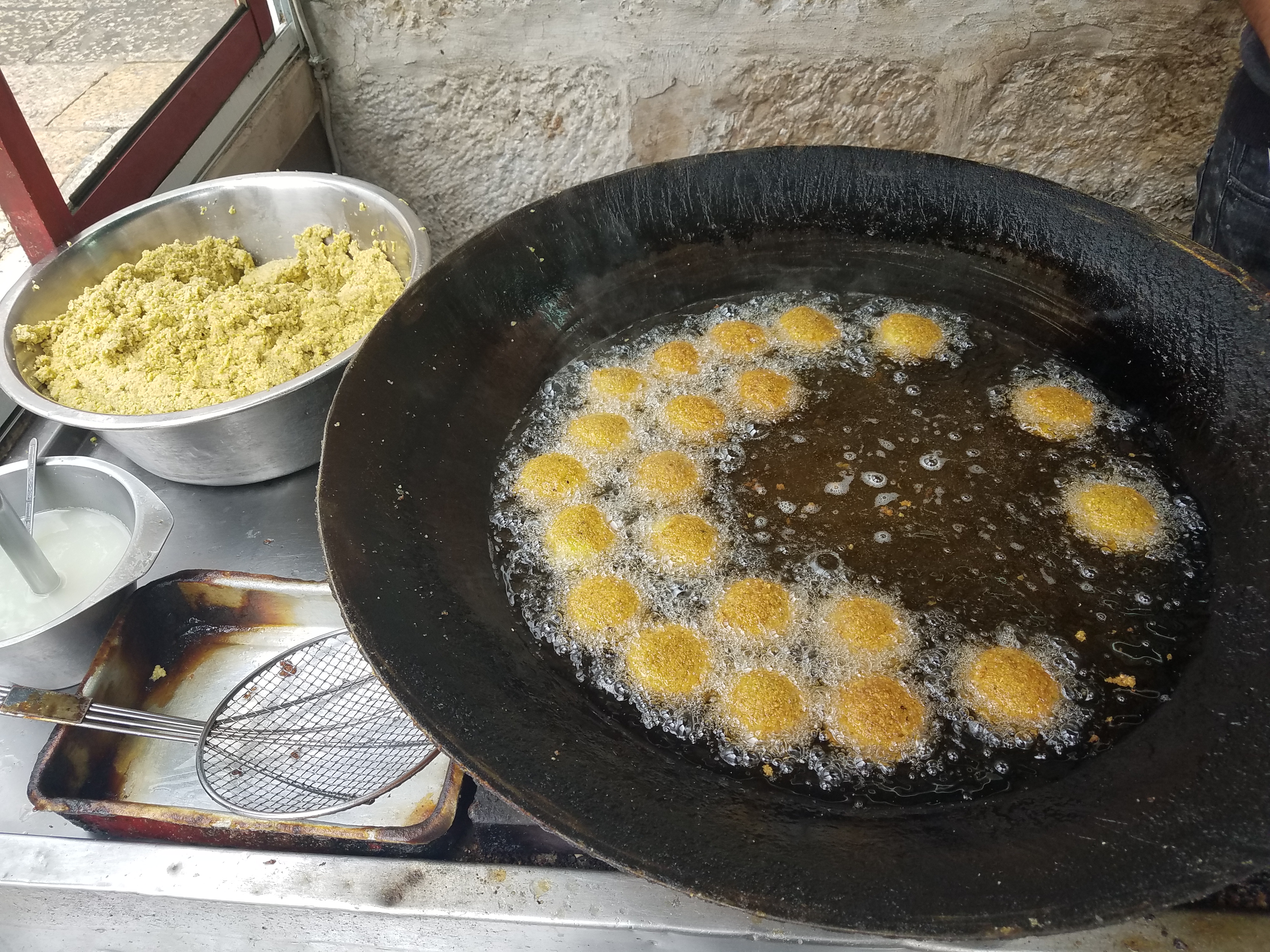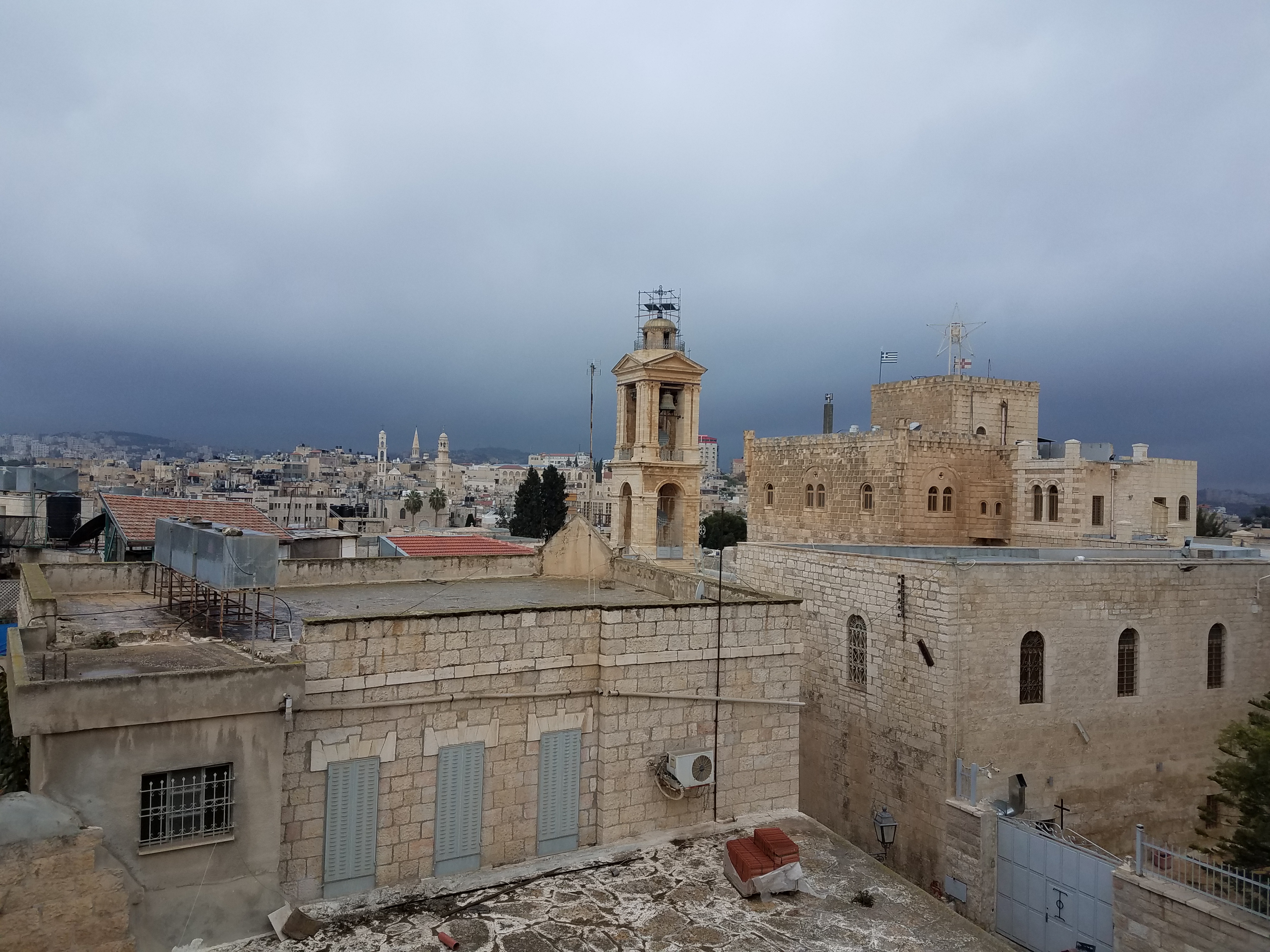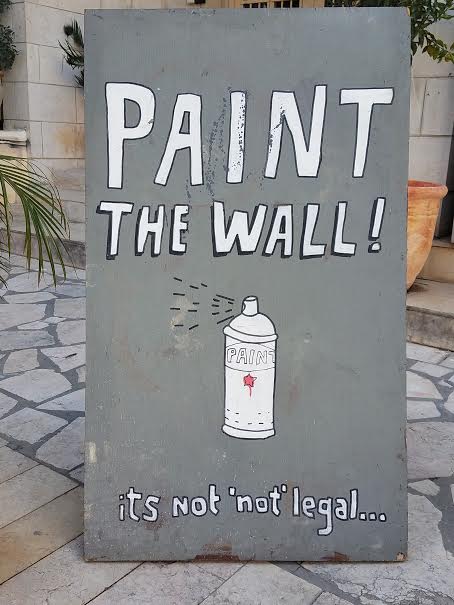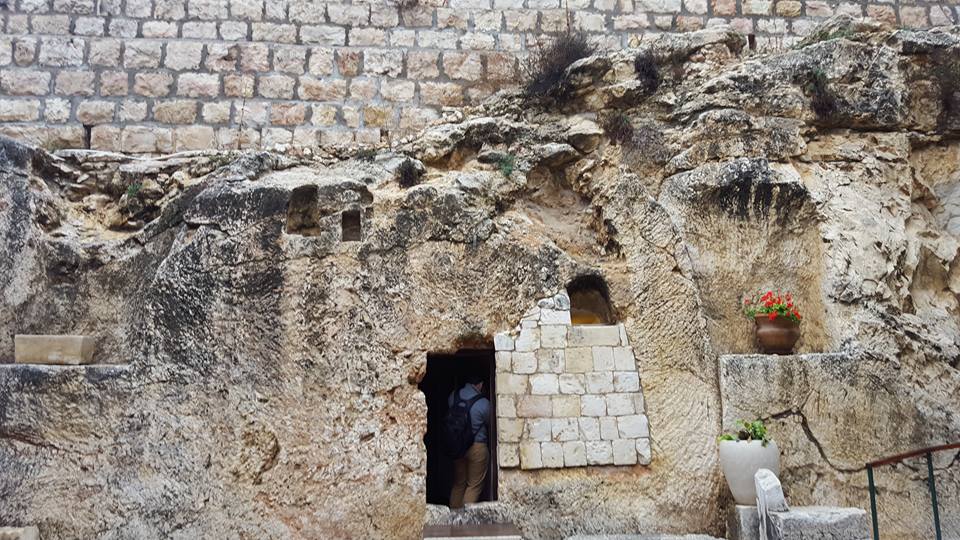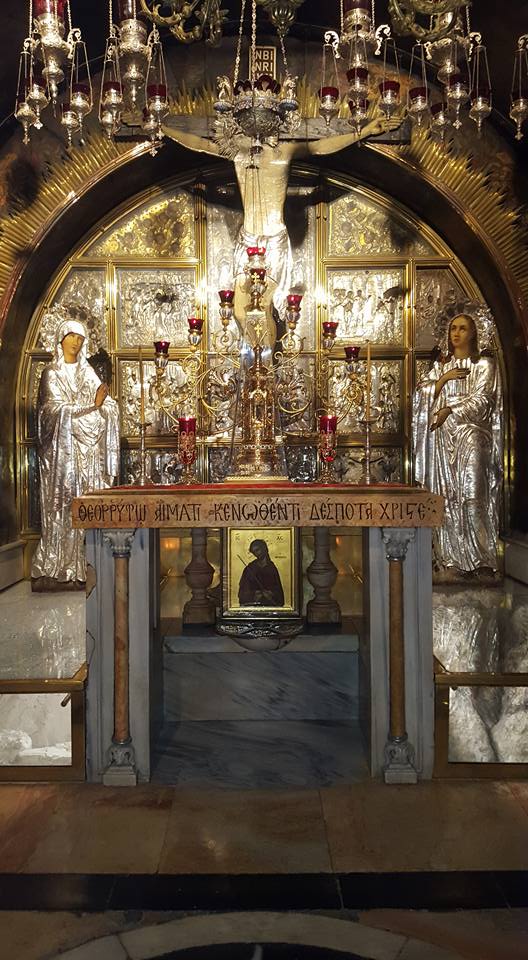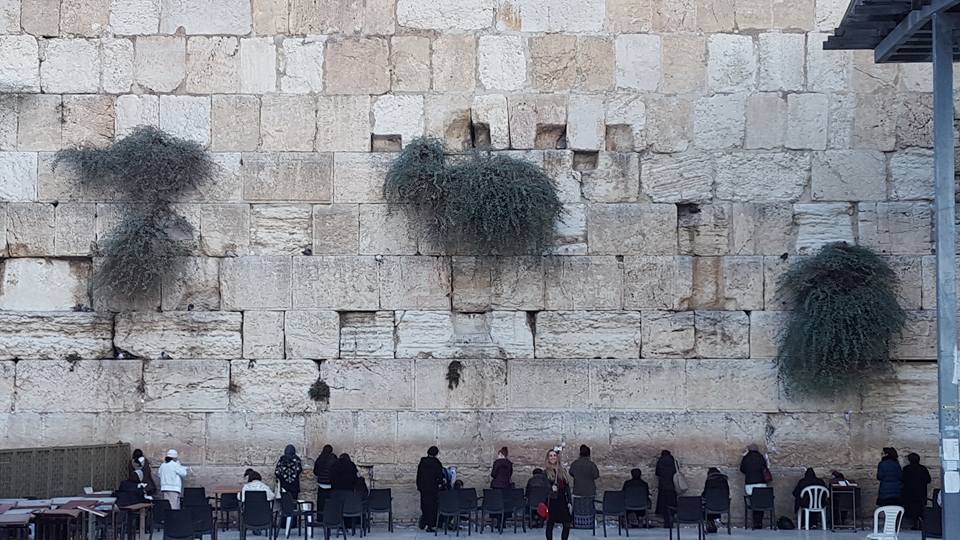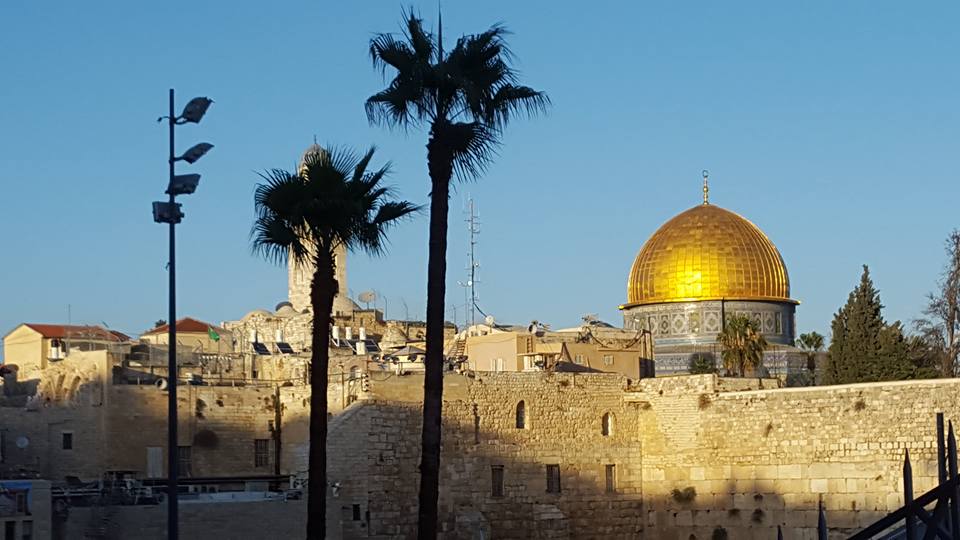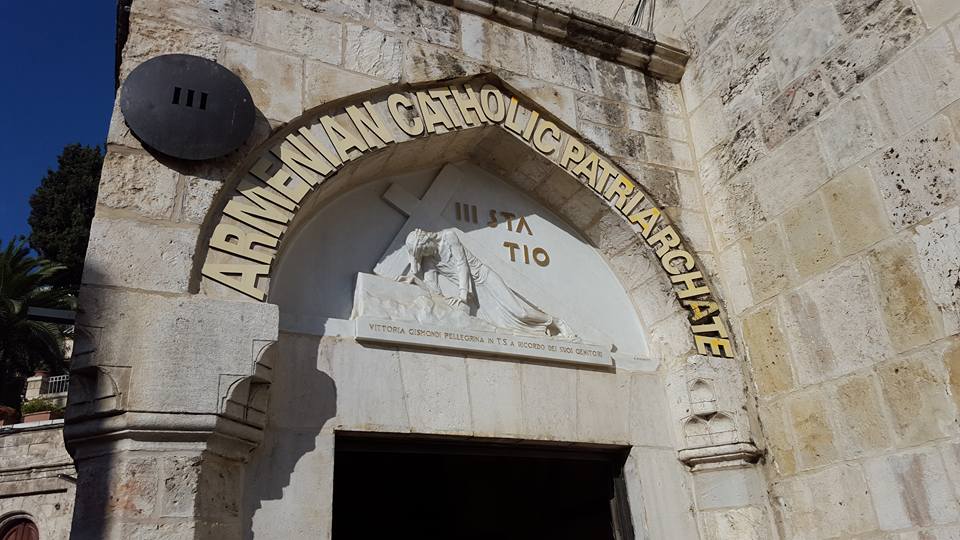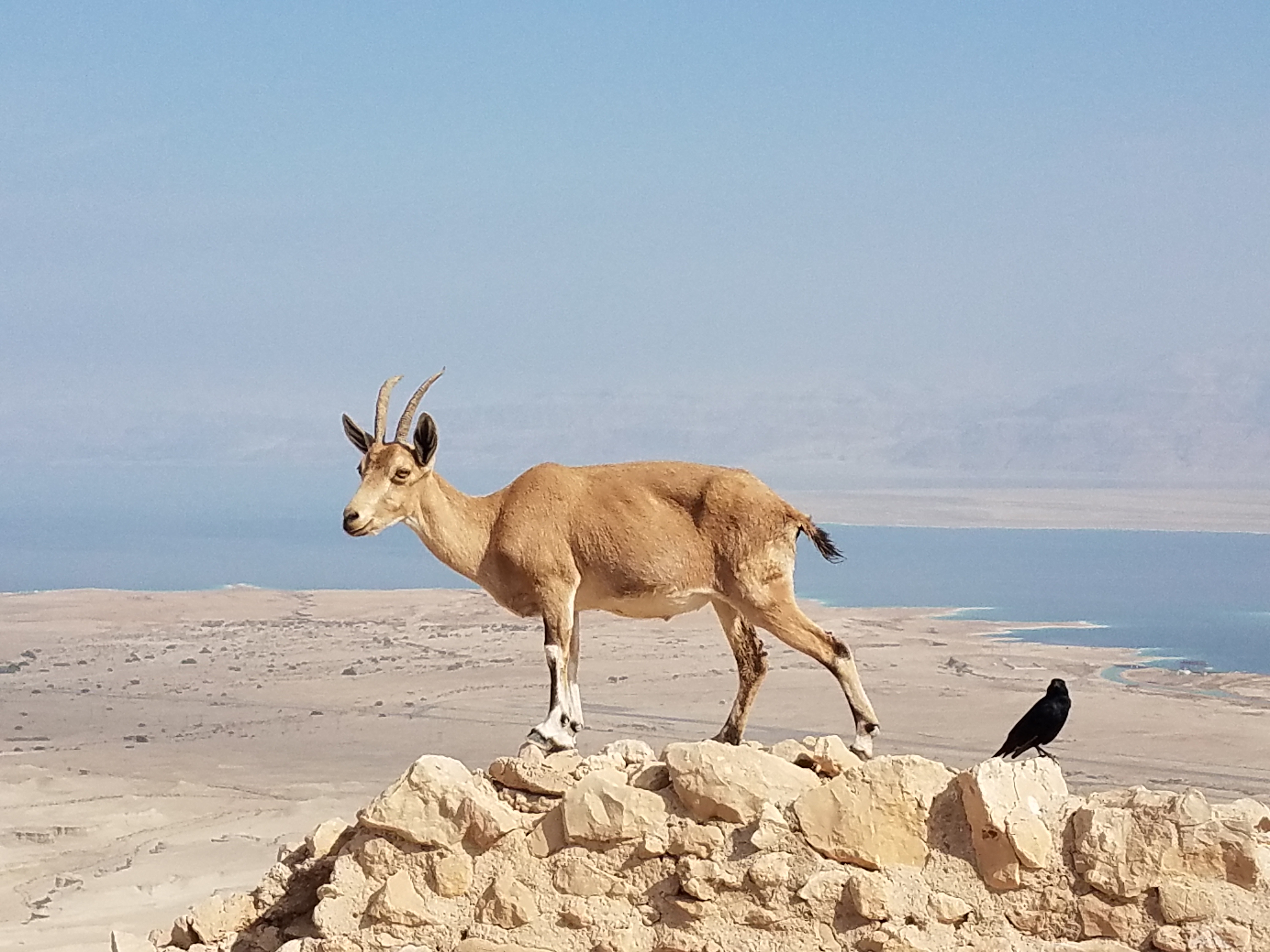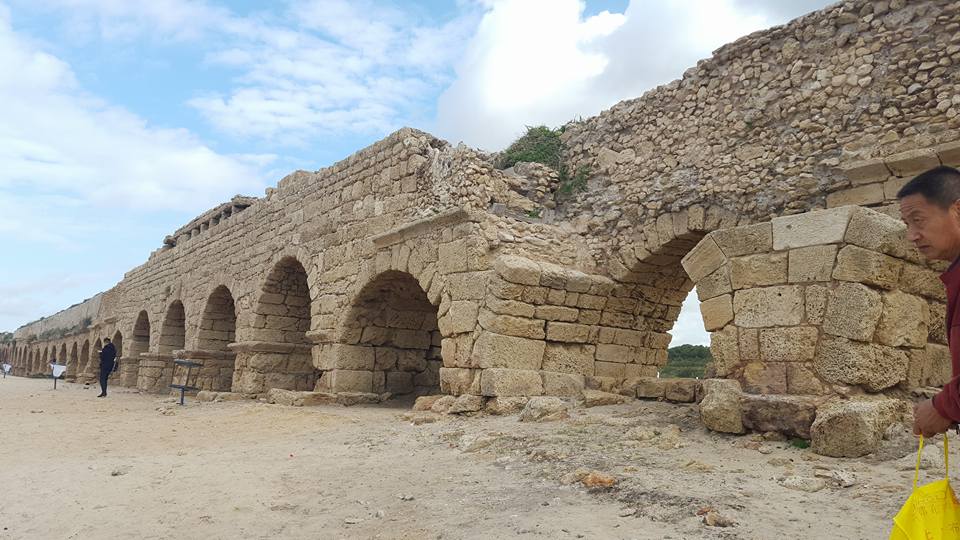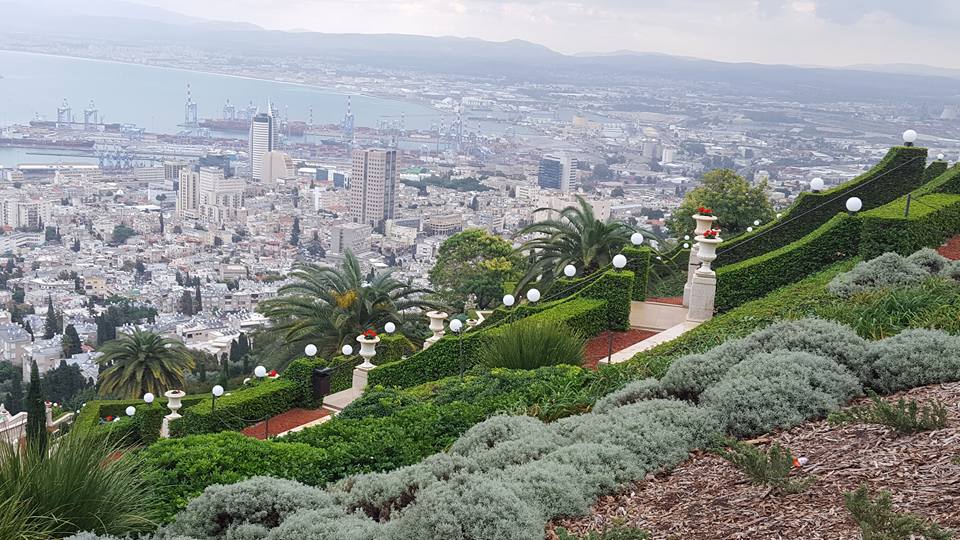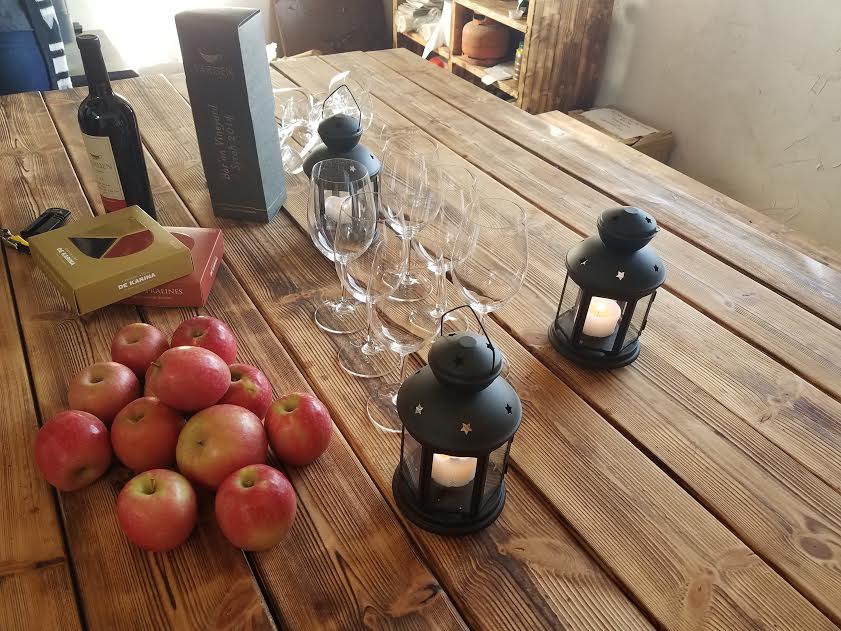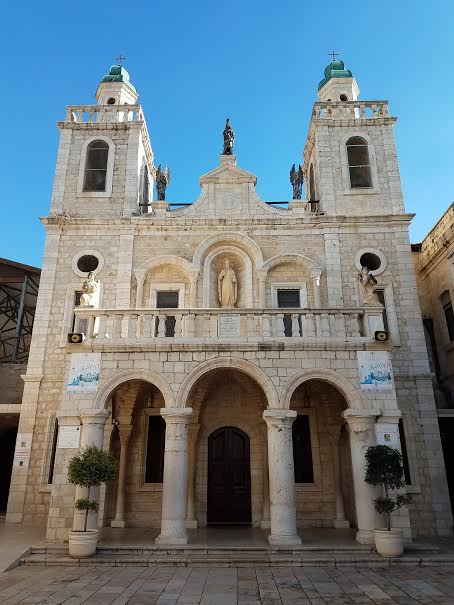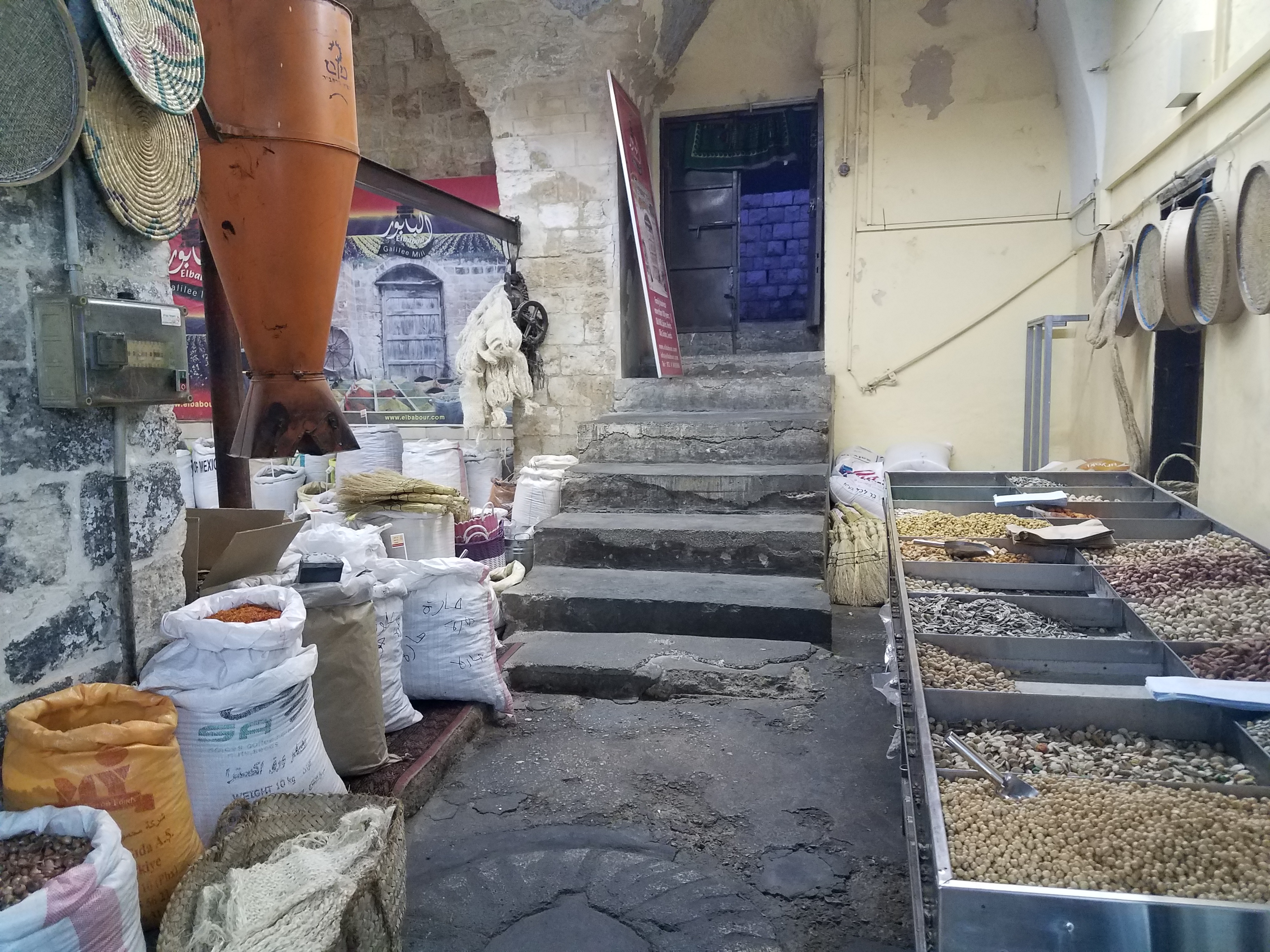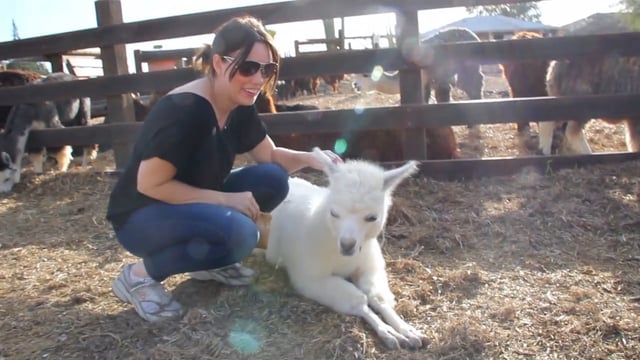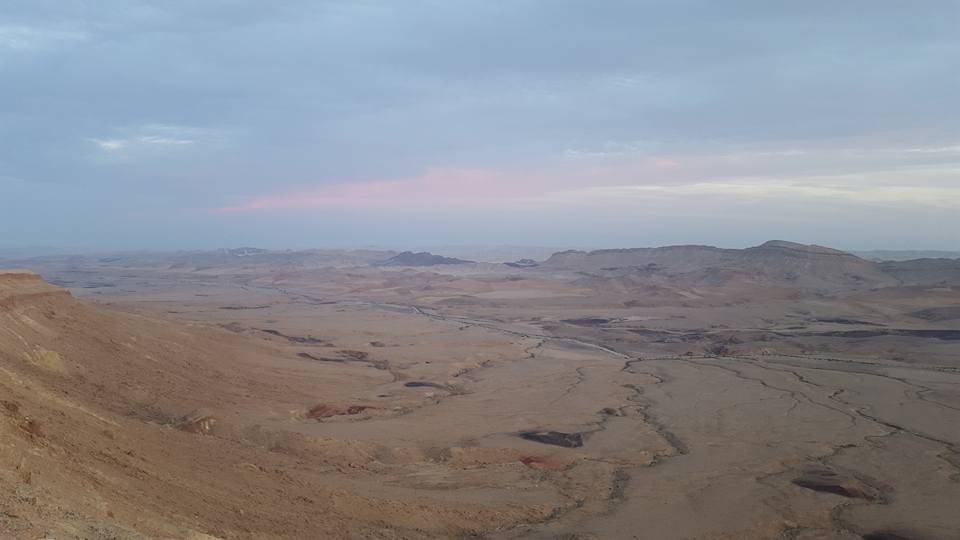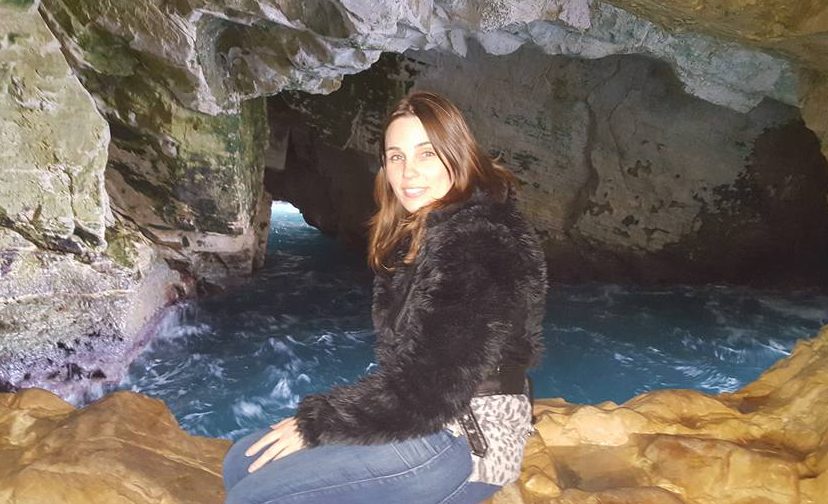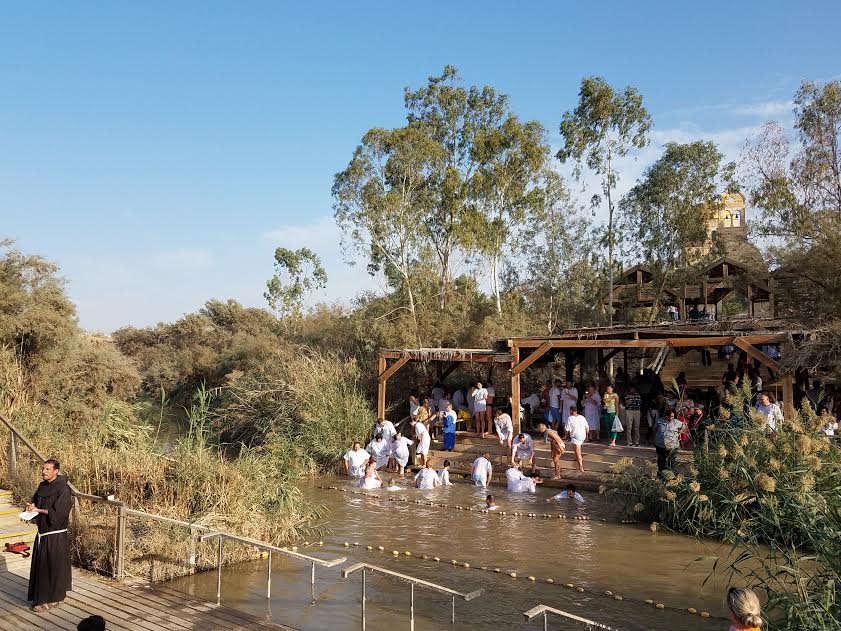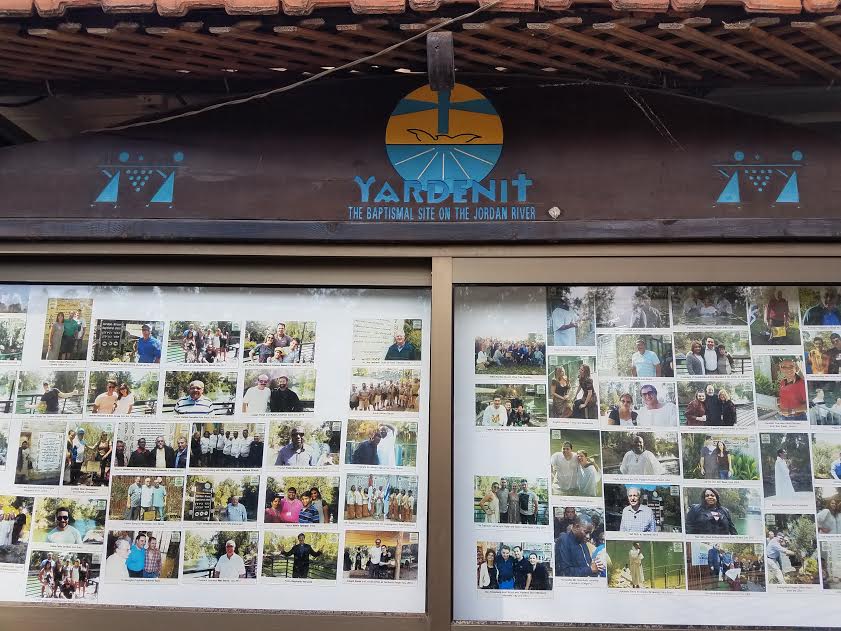Santorini is one of the most beautiful places in the world to escape, relax and take in the gorgeous scenery. It’s a place where everyone needs to visit at least once, so here’s everything you need to know about the island.
Its gleaming, whitewashed buildings, blue domed churches, and world famous sunsets have made Santorini one of the most popular, romantic and luxurious locations. The Greek island was formed by a volcanic eruption around 3,600 years ago, and the result is unspoiled views of the sparkling blue Aegean Sea from cliffside villages, a geological uniqueness, (it’s the only inhabited caldera), and an enchanting escape for travelers. Santorini is a renowned hotspot for those seeking adventure, romance and relaxation, so, if it’s on your list of must see places, read below for some great travel tips.
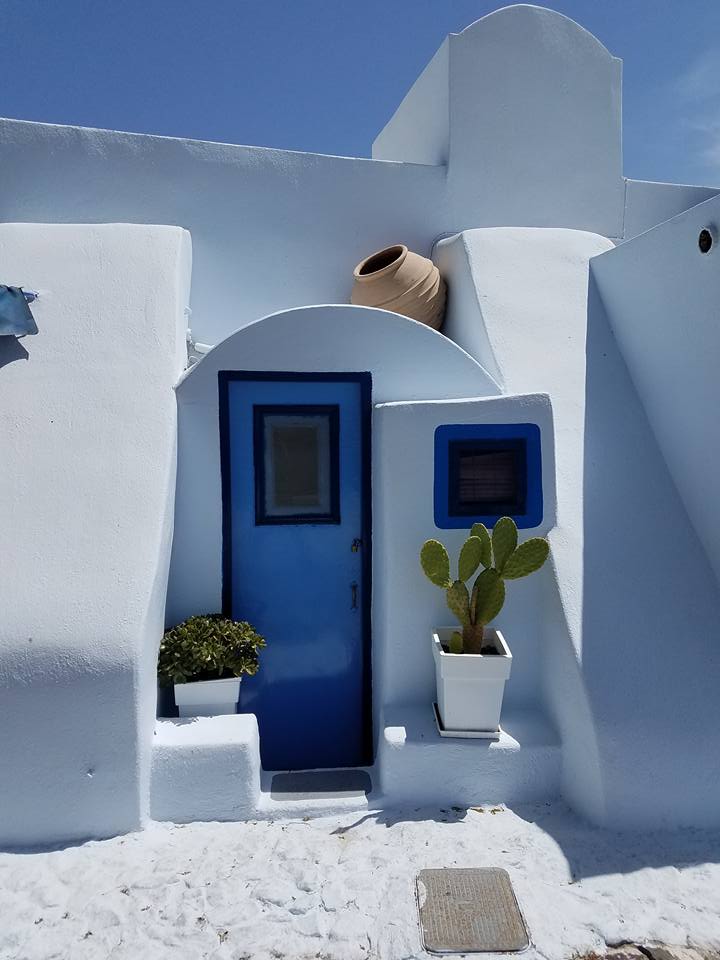
When To Go
Tourist season in Santorini is June to September because the weather is warm, sunny, and great for lounging on the beach. If you want to miss the chaotic crowds, book your trip for late April and May. It will be a little cooler, and you probably won’t be sunbathing, but it’s a good time to take in the sights without dealing with so many people.
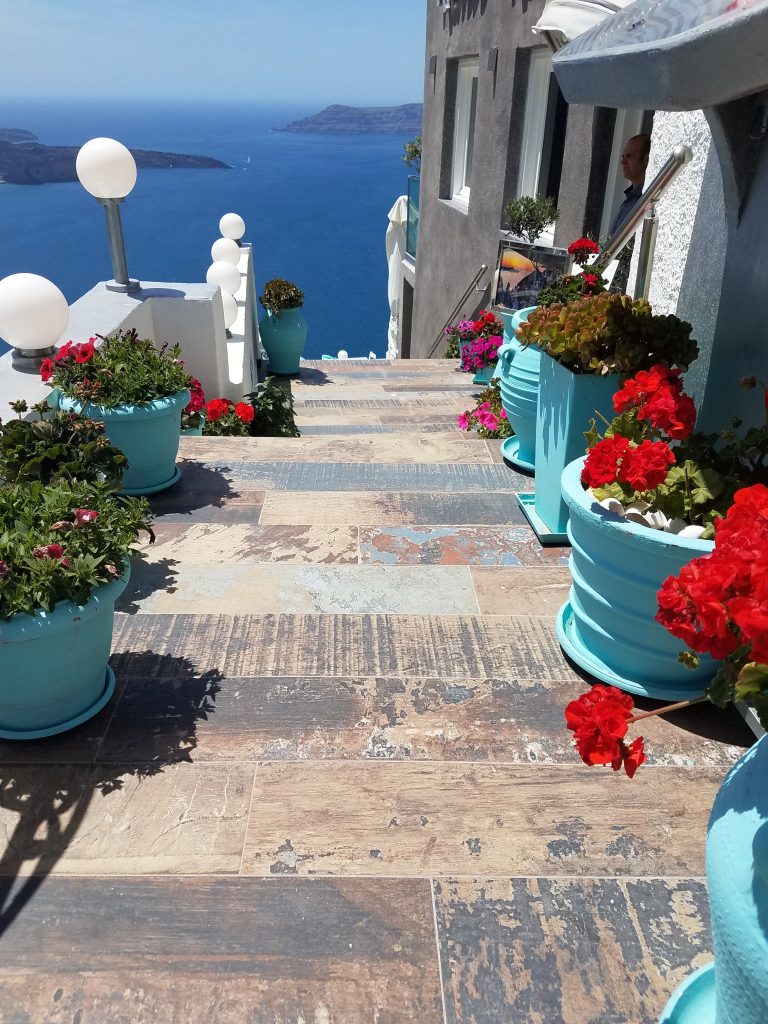
Getting To Santorini
If you’re island hopping, you can take airlines like Aegean or Olympic Airlines for a reasonable price. You can also take a ferry, which can be cheaper depending on where you’re coming from, but it takes much longer. If you’re arriving from a big city in Europe, you can probably fly directly into Santorini. Coming from anywhere else, it can be difficult and expensive, so it might be better to fly into Athens, and then take a flight from there to Santorini.
RELATED: Why You Shouldn’t Ride the Donkeys in Santorini
Getting Around Santorini
Buses are inexpensive and easy. Most are air conditioned and comfortable.
Taxis are always around and not too difficult to get, but when it’s prime tourist season, they can be harder to flag one down. There are also taxi stands you can go to and wait for one to become available. Prices aren’t too bad, but it is more costly. For instance, it’s €20 to go from Firá to Oia by cab one-way, or €2 for the bus.
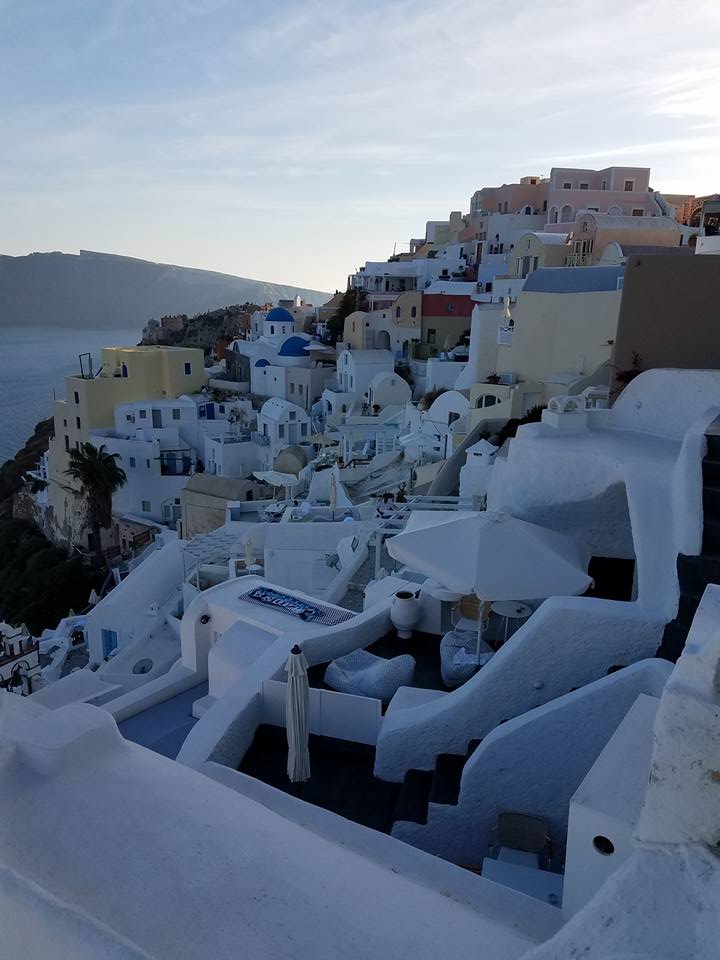
Renting a car is the best option in Santorini if you don’t want to rely on public transportation, or have limited time. Just make sure to ask if your hotel has parking. You will also need an international driver’s license, so do your research on the best way to get one from your city. Not all signs are in English, and Greeks drive crazy, so be prepared.
RELATED: Video-Volunteering at the Corfu Donkey Rescue
Scooters and ATVS are a popular choice with tourists, but be careful. The ATVs I saw didn’t go that fast, and drivers had a tendency to hold up traffic. I was also told they can flip easily.
Walking is also something a lot people do, so bust out your most comfortable shoes and enjoy the beautiful sites by foot. Plus, it’s free!
***Donkeys and mules are used to transport people or their luggage from the old port up a steep windy set of 600 stairs to the top of a mountain in Firá (the capital of Santorini). Please do not ride them.
They have no shade from the direct sunlight, no access to water, they carry riders that exceed an appropriate weight limit and are forced to work with severe wounds that’s caused by poor-quality equipment. They are whipped, strongly prodded with wooden sticks by the owners, and work long hours in extreme heat. This is unacceptable, and it’s abuse. It is cruel and inhumane to do this to animals, so please don’t be part of the problem.
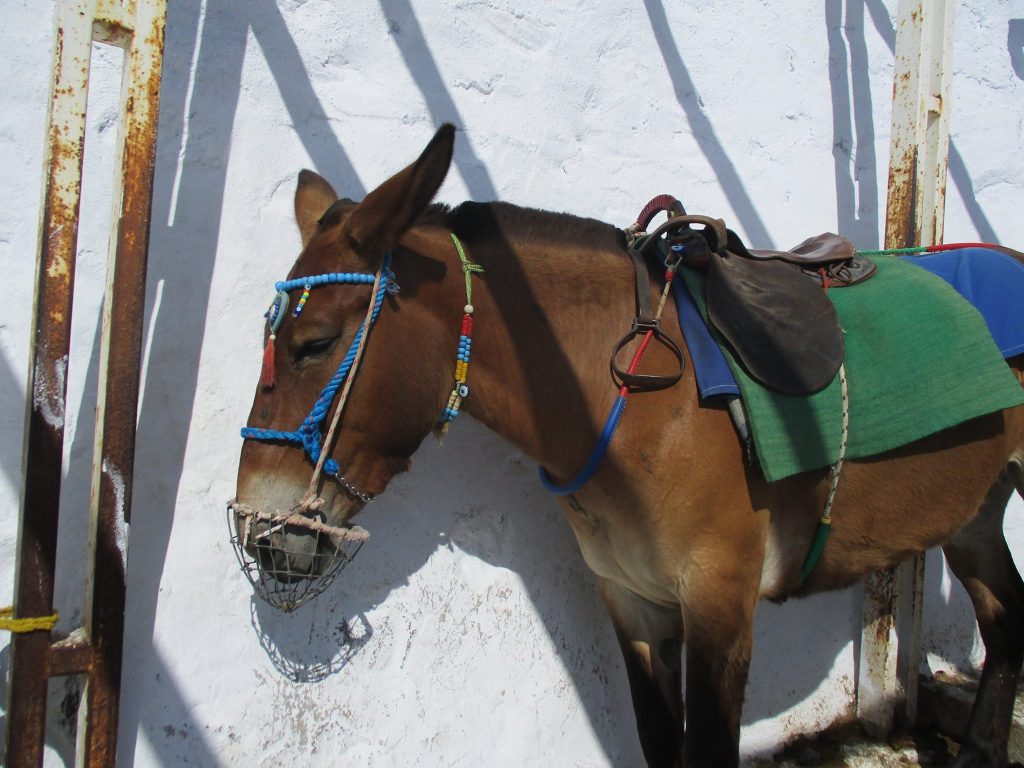
Photo By: Angela Dawson
Instead, you can take the cable car for just a few euros up to Firá, which is only a five minute ride. However, it can be a long wait to get back down so plan accordingly.
Local Flavor
There is a variety of food you’ll find on the island, but main staples include fresh seafood, mousakas (eggplant baked with minced meat and béchamel sauce), stuffed tomatoes, stuffed grape leaves (dolmades), and of course, the Greek salad, which consists of cucumber, tomatoes, onions, feta cheese and olives, with a touch of olive oil, salt and pepper.
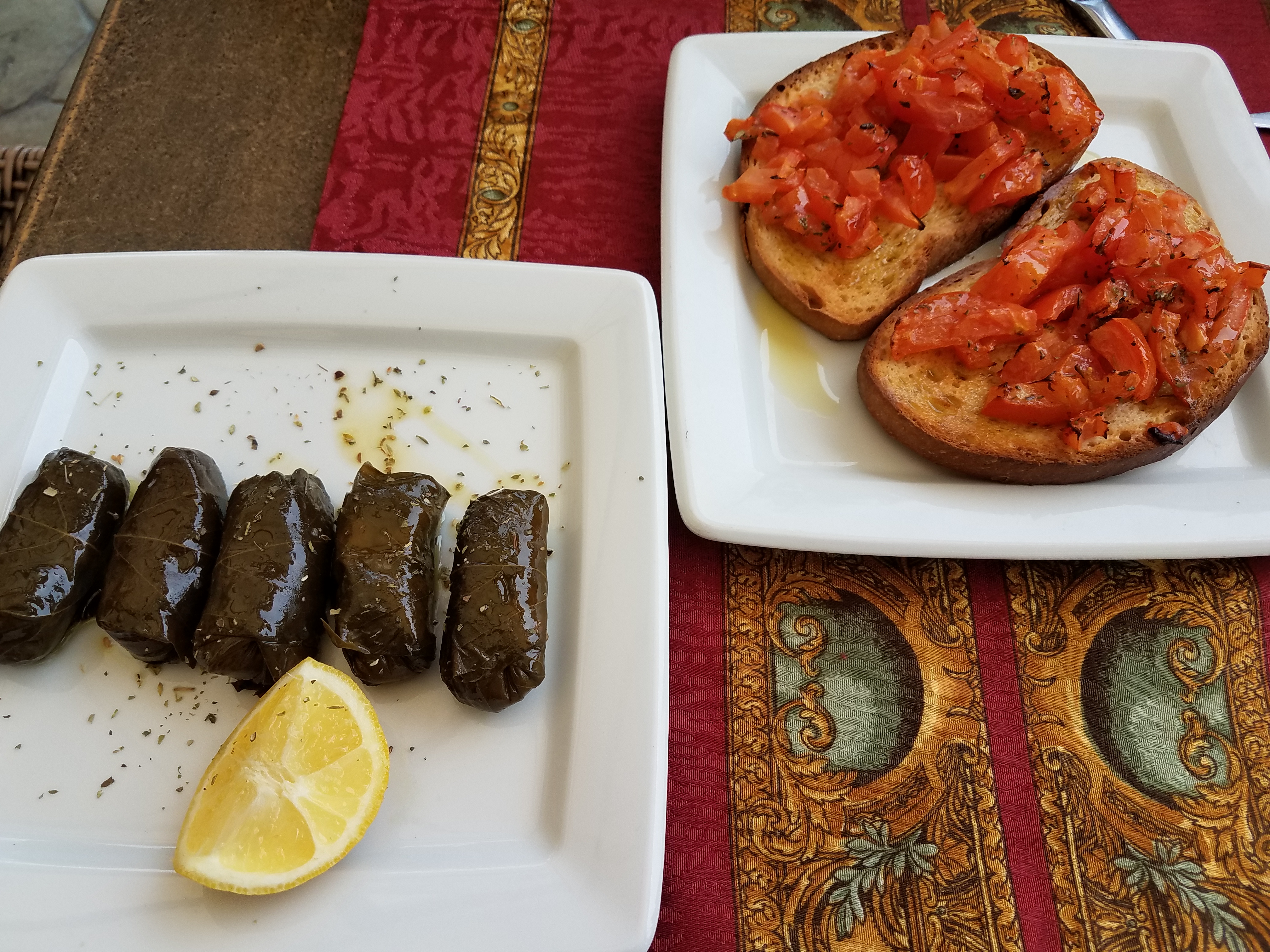
For spirits, Ouzo is the beverage of choice by locals. It’s a strong, sweet alcoholic drink, which is made from the byproducts of grapes after they’ve been used for wine making. It’s not typically mixed with juice or anything else, so it’s incredibly pungent, and was too much for me, but give it a try. It’s meant to be savored, so sip it slowly. Don’t have it with meal, because it doesn’t typically compliment Greek dishes, but pair it with smaller bites like grilled shrimp, octopus, cheese or veggies. Don’t drink it on an empty stomach, and enjoy it cold.
What To See And Do
Watch the sunset in Oia—one of the most infamous towns on the island. This is where everyone goes to see the sun disappear, and it’s breathtaking.
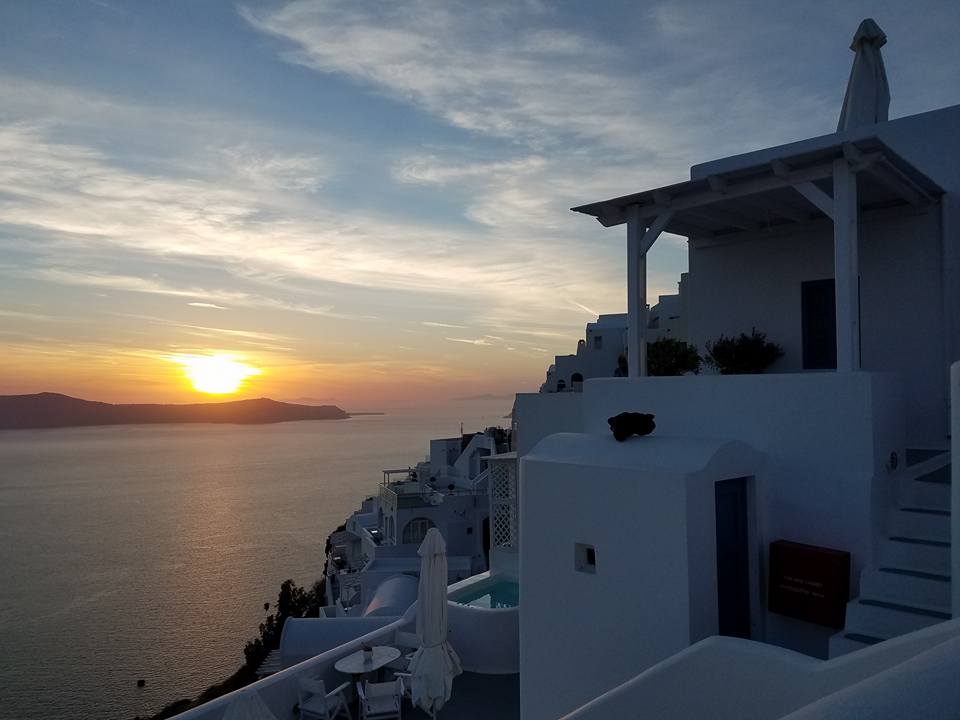
Walk the path from Firá to Oia, which takes two to three hours. You’ll stroll along the caldera’s cliff and encounter the most picturesque views.
Go wine tasting at one of the local wineries.
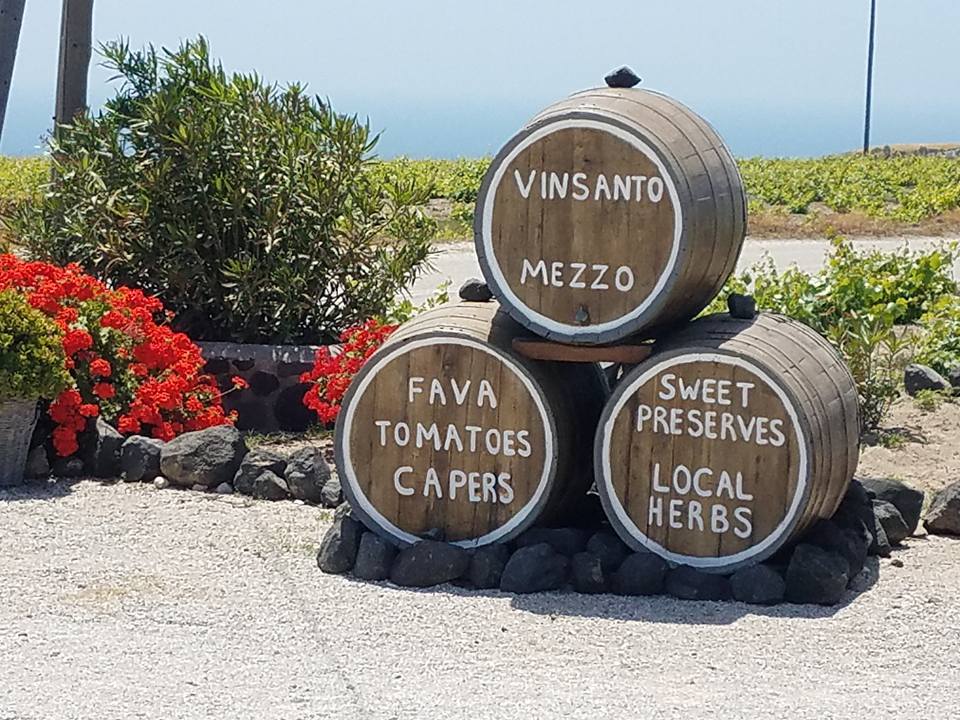
Check out Red Beach, which is arguably one of the most famous and remarkable points of interest to see. It’s not a place to layout or walk with sandals because there’s a lot of pebbles and rough terrain. However, you can snorkel and marvel at the stunning rock formations. There are a couple of food stands that serve drinks and snacks.
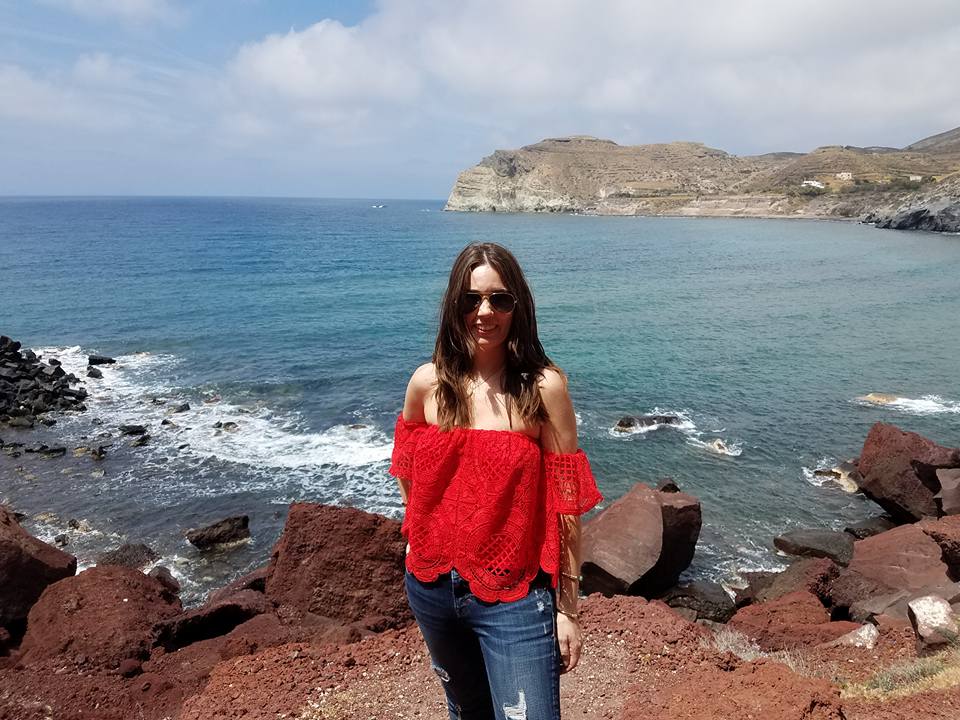
For those looking to lounge by the beach and swim, head to Black Beach in Perissa. During the summer, it’s one of the busiest beaches in Santorini because of it’s crystal clear waters, sun-beds with umbrellas, and fun atmosphere. This is the spot to grab cocktails, play beach volleyball, and listen to famous DJs from all over the world. You can also jet ski and do other water sports here.
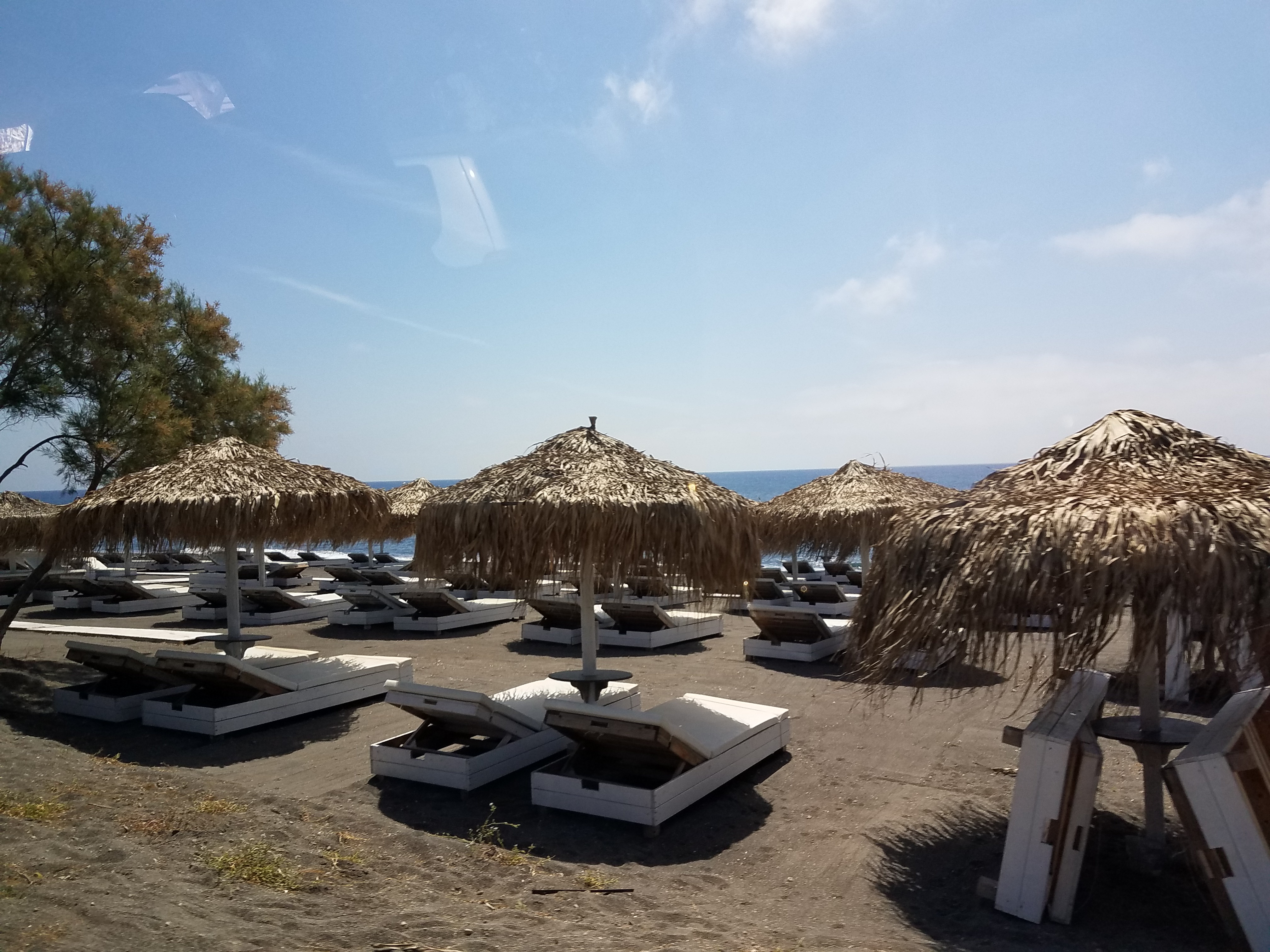
There’s a second Black Beach in the small village of Kamári, and it’s also a lively cool vibe.
Take a cruise around the island. There are different ones to choose from, but the most popular is the half-day tour, which includes a really nice meal and organized stops at the hot springs—you’ll actually get get to swim for a few minutes—and the White Beach, which you can only get to by boat. It’s around $130 a person, but so worth it.
Swim at Amoudi Bay beneath Oia. There is no beach here, but jumping from the rocks into the best swimming spot on Santorini makes it worthwhile.
Take a moonlit walk around Firá or Oia.
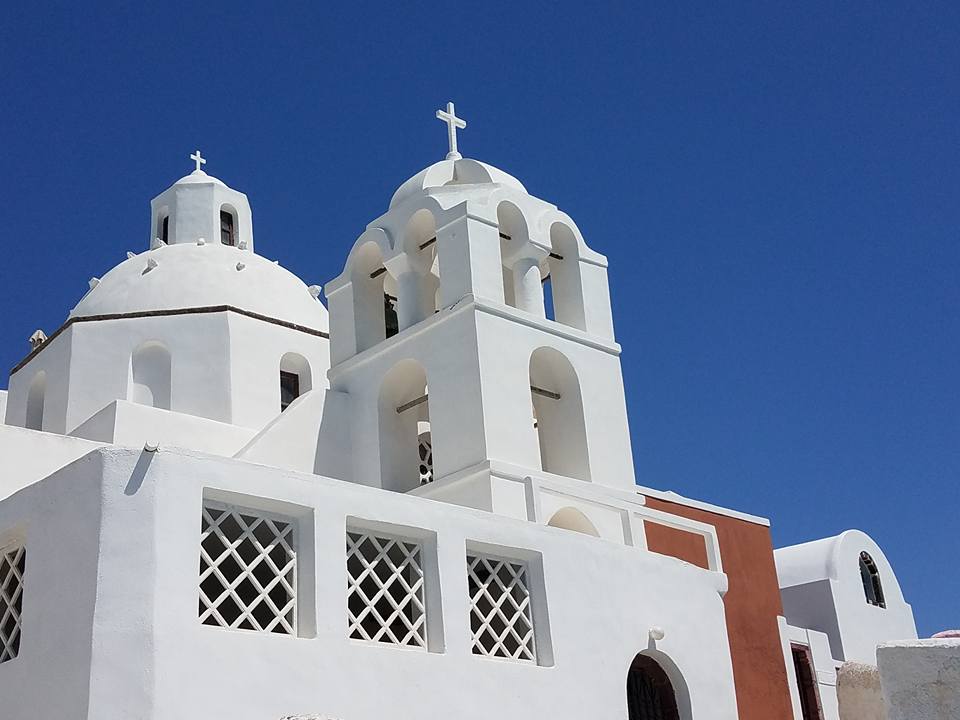
If you’re a diver, there are amazing sites to explore. There are plenty of diving centres in Kamári, (Navy’s Waterworld, Volcano Dive Center), or near Pýrgos, (Aegean Divers, Santorini Dive Centre), who can take you out.
Go to Mt. Profítis Ilías, which is the highest point of the island. There, you’ll find a monastery and great views of the island.
Visit Ancient Thira and explore the ruins of Hellenistic temples.
See the archaeological site of Akrotiri.
Where To Eat
I mostly ate in Oia and Firá so I could enjoy the stunning views, but know that it will be more expensive. I was fine with it, because who knows when I’ll go back to Greece, so I wanted to make the most of my trip. Waiters will lurk around the entrance to the restaurants trying to lure customers in, promising the best table in the house. I didn’t find it to be too aggressive, but make sure you see a menu first and are alright with the prices before sitting down. For budget travelers, there are supermarkets to pick up groceries, or stands you can purchase gyros for just a few euros, so don’t ever feel obligated to eat out at fancy places. For a list of specific good restaurants click here.
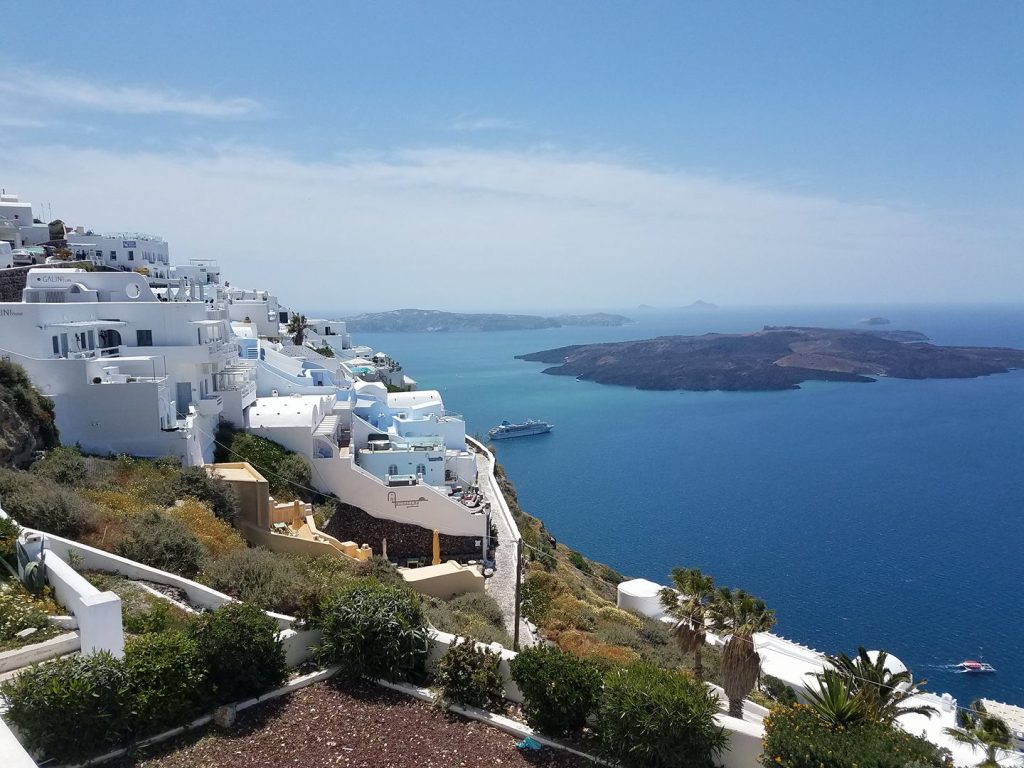
Where To Stay
The first decision you should make is whether you want to stay near the beach or the caldera. Oia, Imerovigli, Firá and Firostefani are towns to check out if you want a caldera view. This is also where you will find the best luxury hotels. The caldera towns have trendier restaurants and places to hang out, while the beach towns, like Kamári, are more relaxed, less expensive and have a feel closer to the other Greek islands. I stayed in Firá at the Kamares Apartments and loved it.
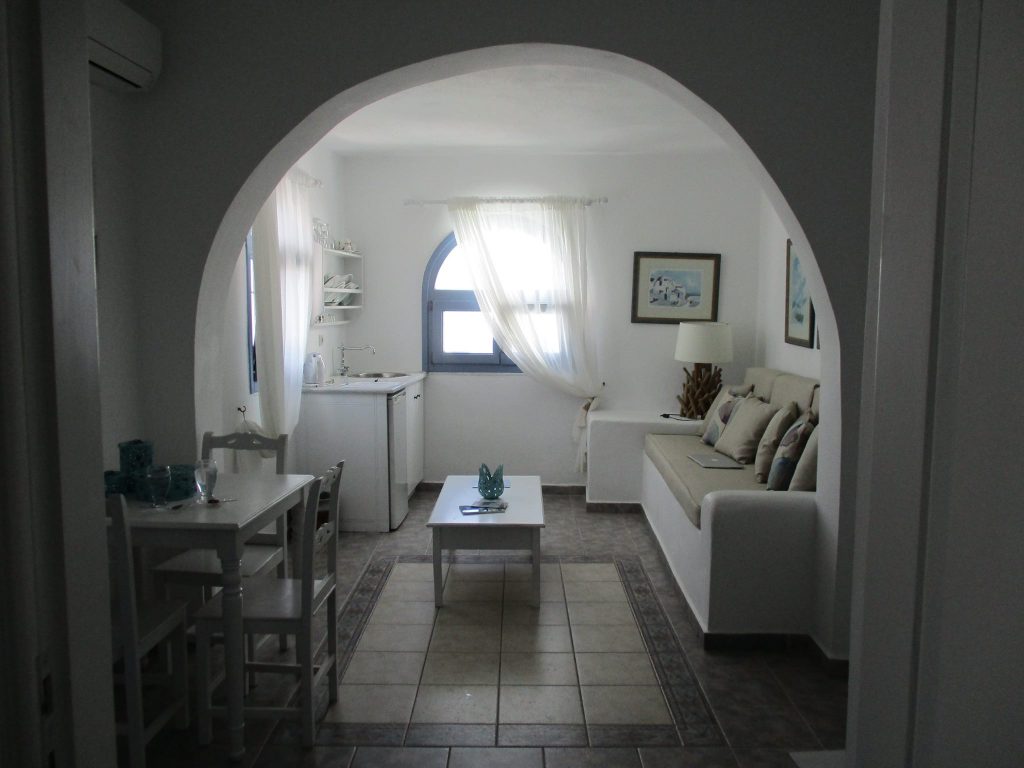
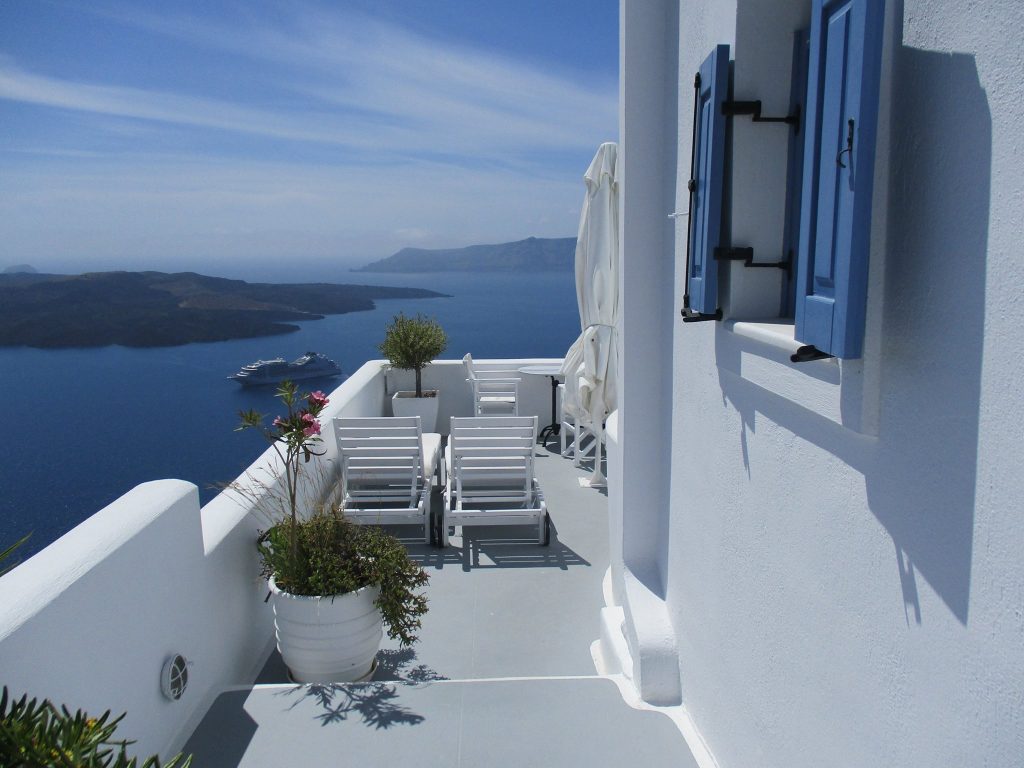
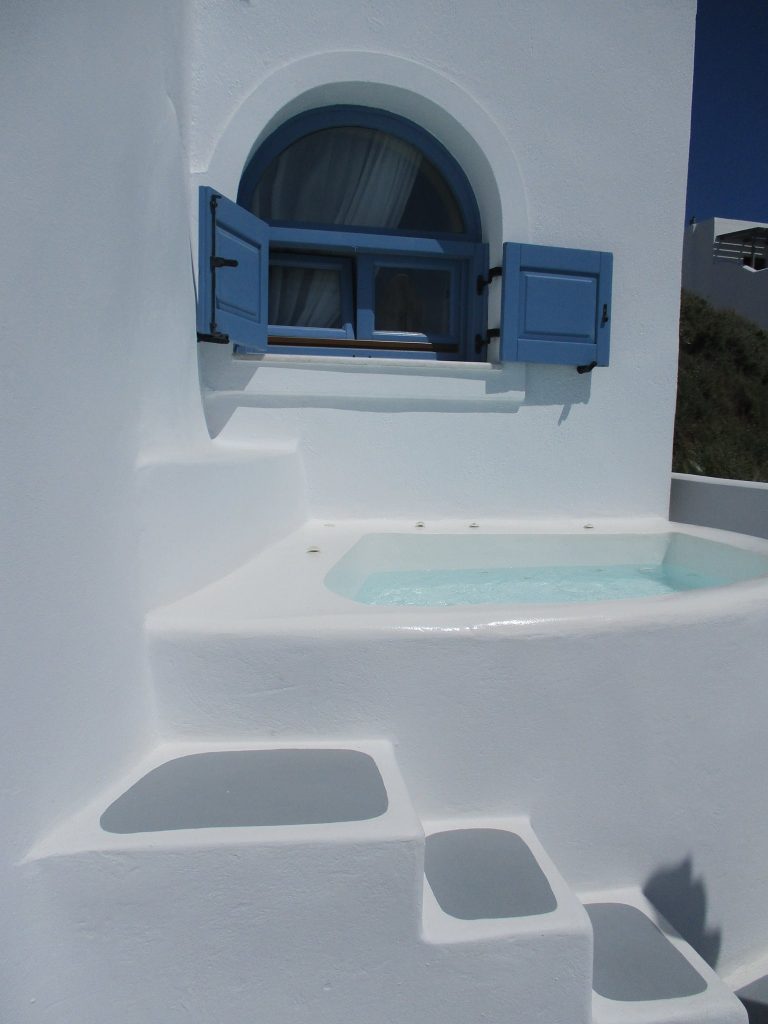
Photos By: Angela Dawson
I had my own balcony with private hot tub. It was around $250 a night, and that included breakfast. As much I like being near the beach, I feel like you can do that anytime—but when else are you going to have a view of the caldera?
Random Tips
Hotels will arrange an airport pickup for you at an additional cost if that’s something you’re interested in.
Don’t buy olive oil if you’re flying Aegean/Olympic Airlines unless it’s secured in a wooden case. They recently implemented a new rule that states you can no longer carry or check on olive oil because it’s flammable. I had no idea that was the case, and when I was on my way to Santorini from Lesvos, I had to throw all of mine away. I was crushed to say the least.
The best club and nightlife scene is in Firá
There are a lot of steps in Oia and Firá. It’s not wheelchair friendly, so if you’re someone with physical disabilities, know it will be challenging.
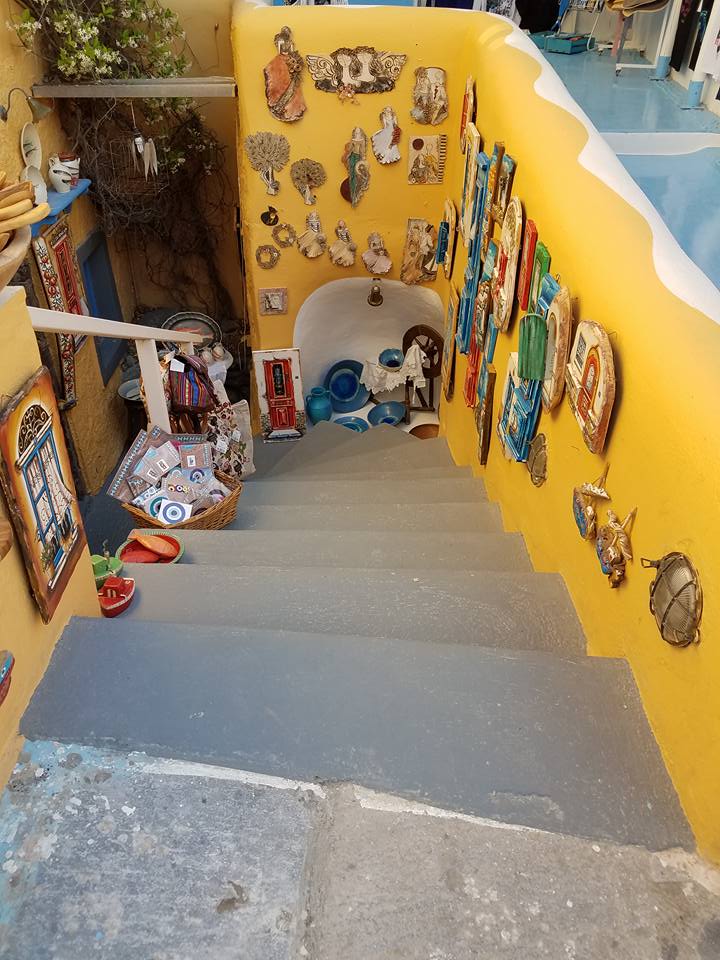
According to locals, tips are not expected, but are also not included in the price of anything. So, if you enjoy the service, it’s appropriate to tip 10-12 percent.

